Best Of
Re: Impersonation Cosplay Costume - Greenmachines Show-off Thread for Mom
Denethor continued:
Side by sides:
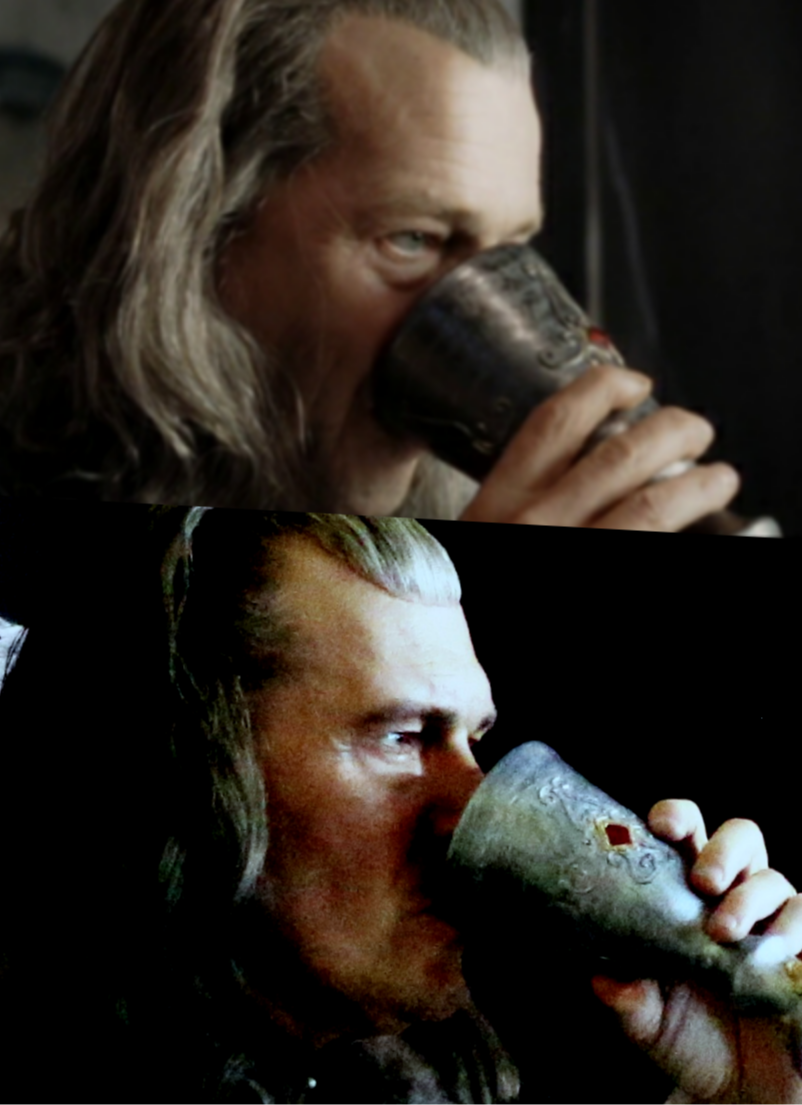
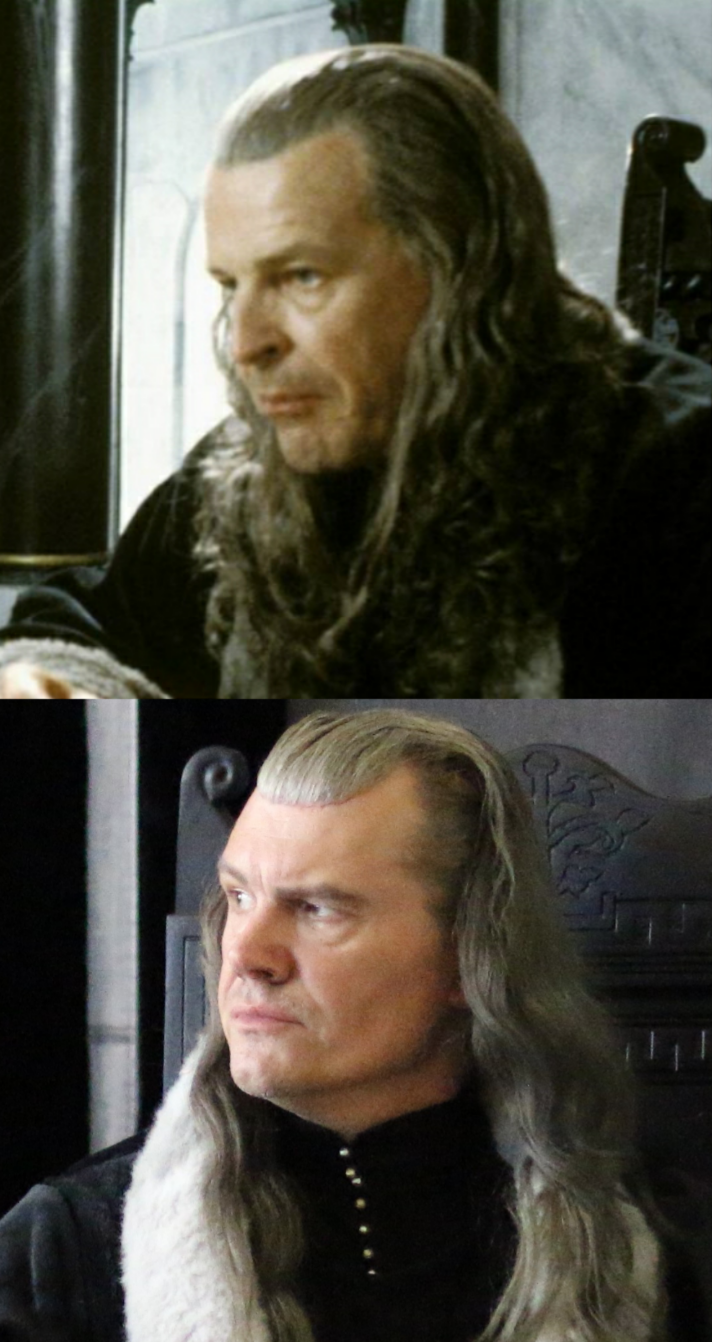
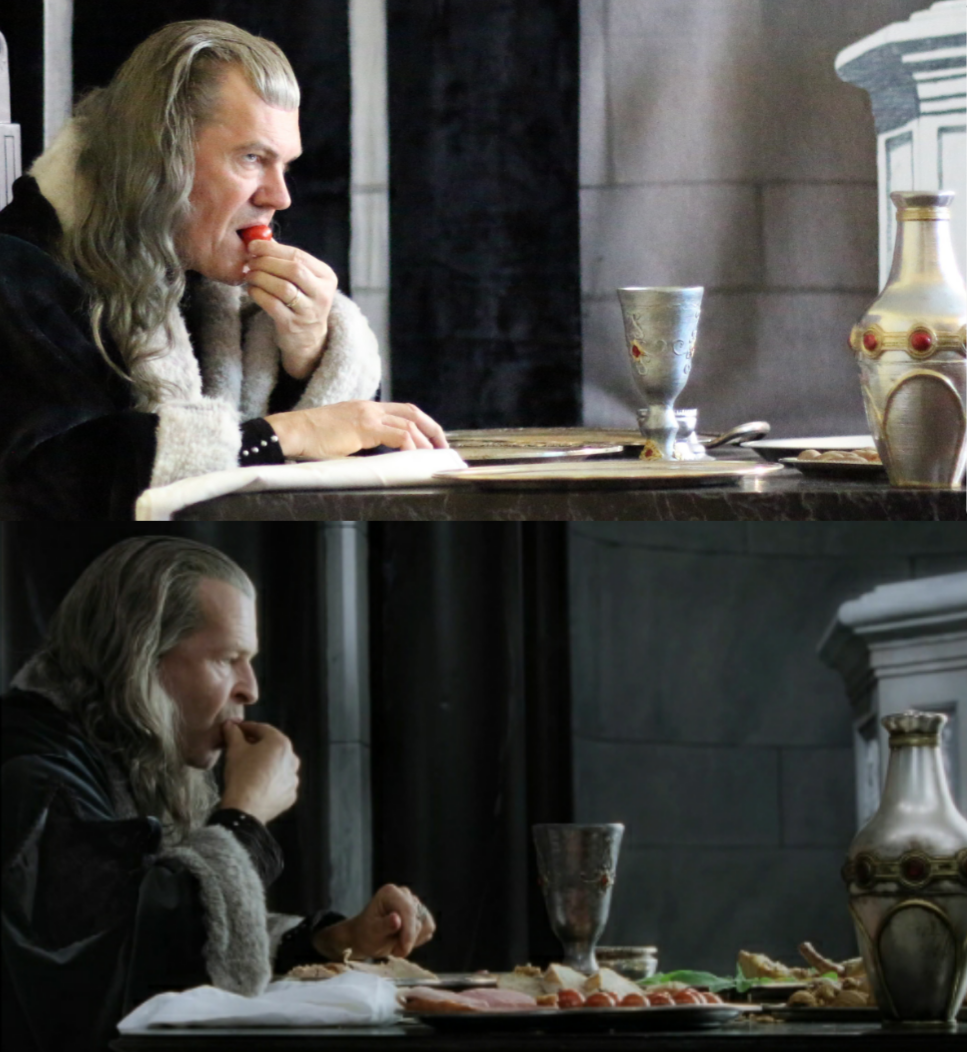
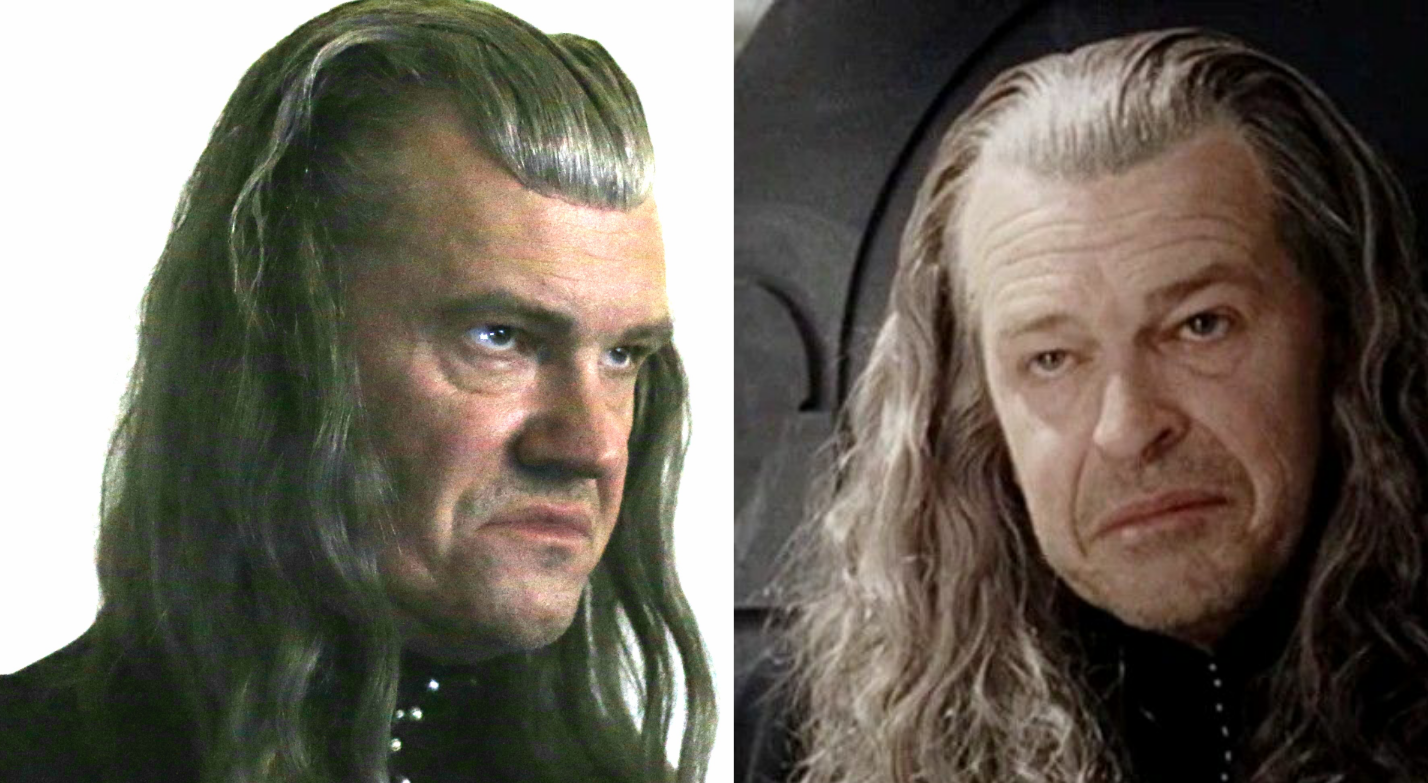
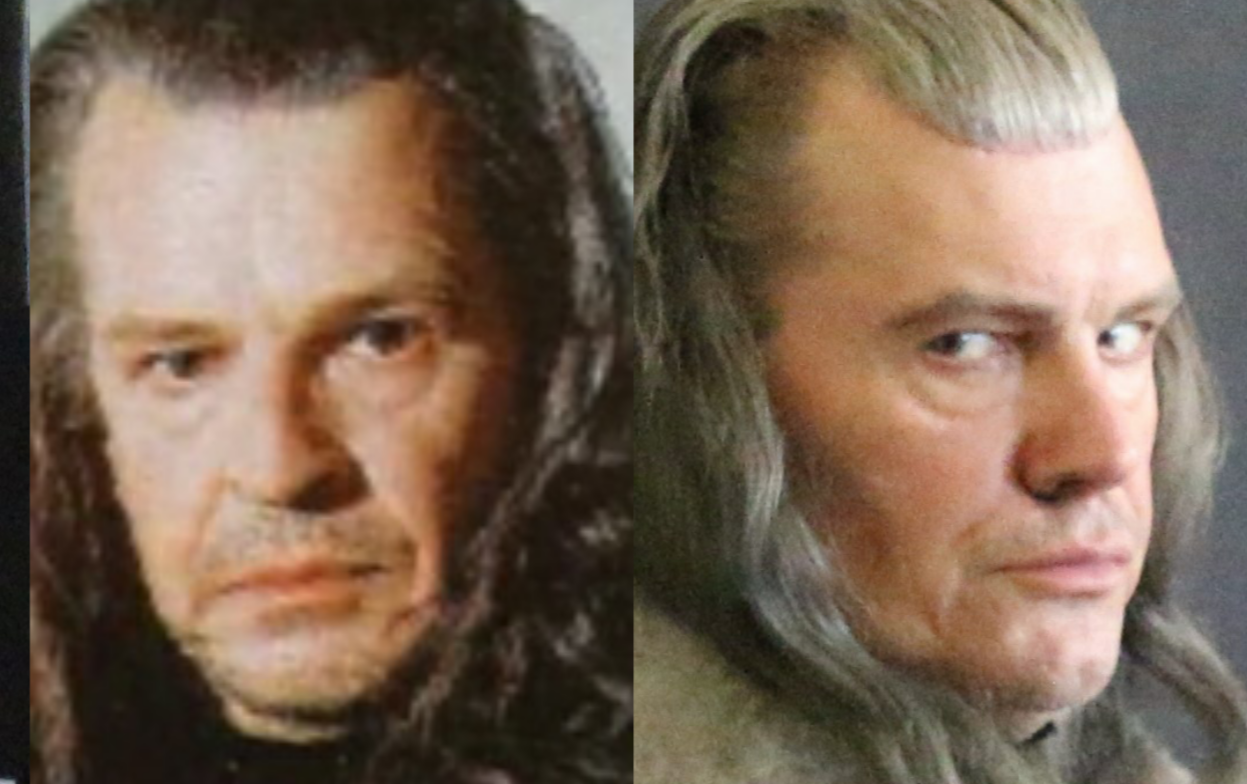

Facial likeness app percentages:
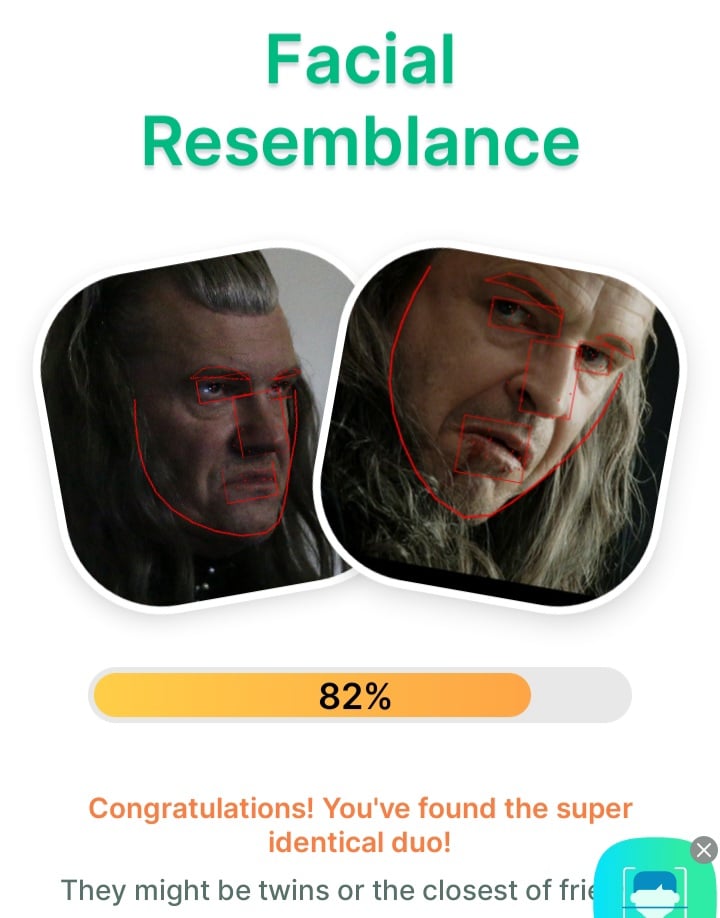
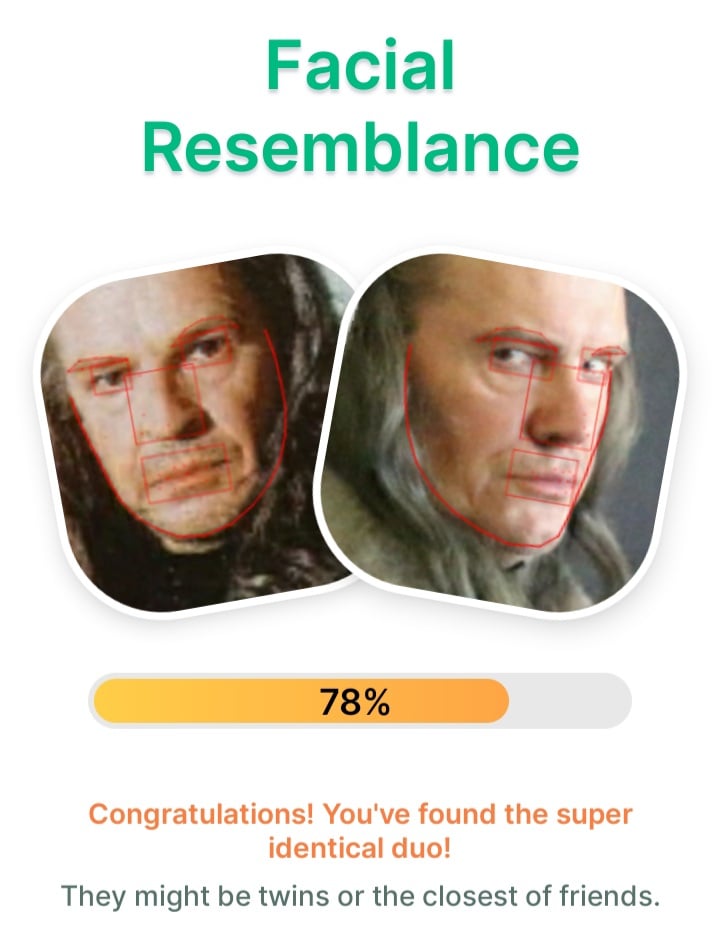
Side by sides:






Facial likeness app percentages:


Re: Impersonation Cosplay Costume - Greenmachines Show-off Thread for Mom
Denethor continued....
My favorite:
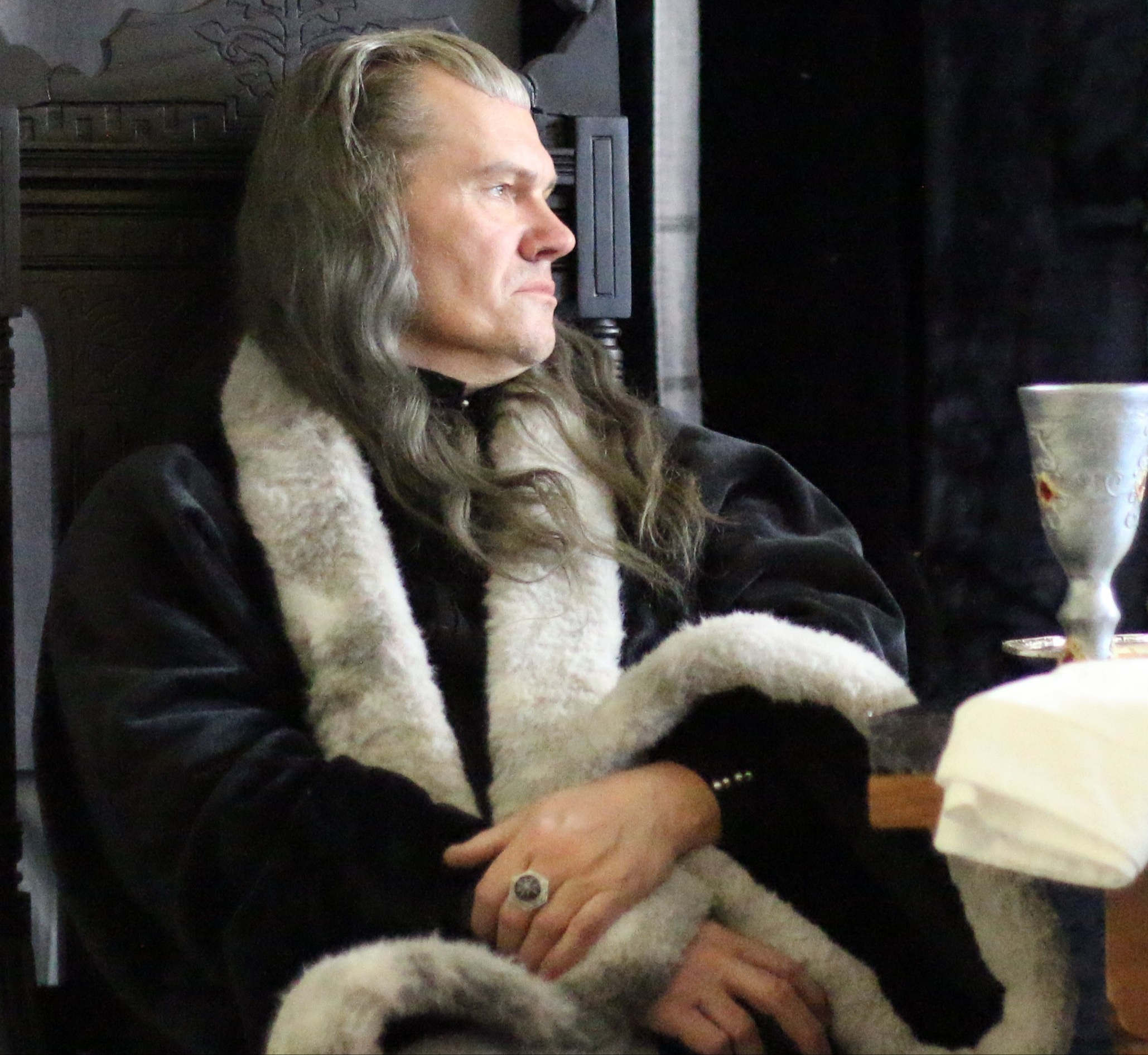
I am working on my side by side, splitface and facial comparison percentages and will post when complete. For now, here is my meme, playing on Denethor's other major habit, insulting anyone who is NOT his favorite son, Boromir:

continued in next post:
My favorite:

I am working on my side by side, splitface and facial comparison percentages and will post when complete. For now, here is my meme, playing on Denethor's other major habit, insulting anyone who is NOT his favorite son, Boromir:

continued in next post:
Re: Impersonation Cosplay Costume - Greenmachines Show-off Thread for Mom
Denethor continued....
These next were me attempting to get a better angle to look the most like John Noble. In pure profile my nose was noticeably different but if I angled enough it hid the difference more.
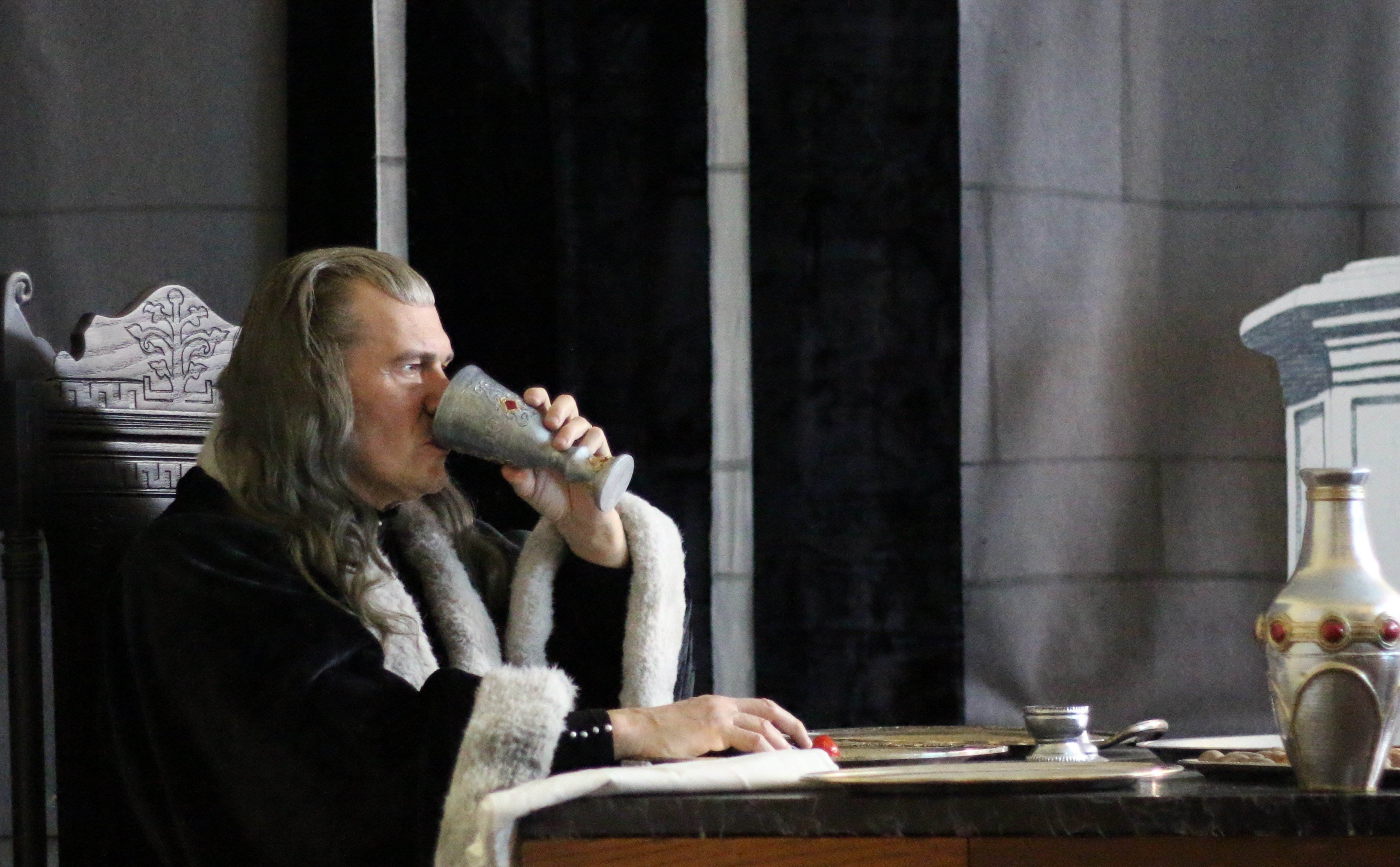
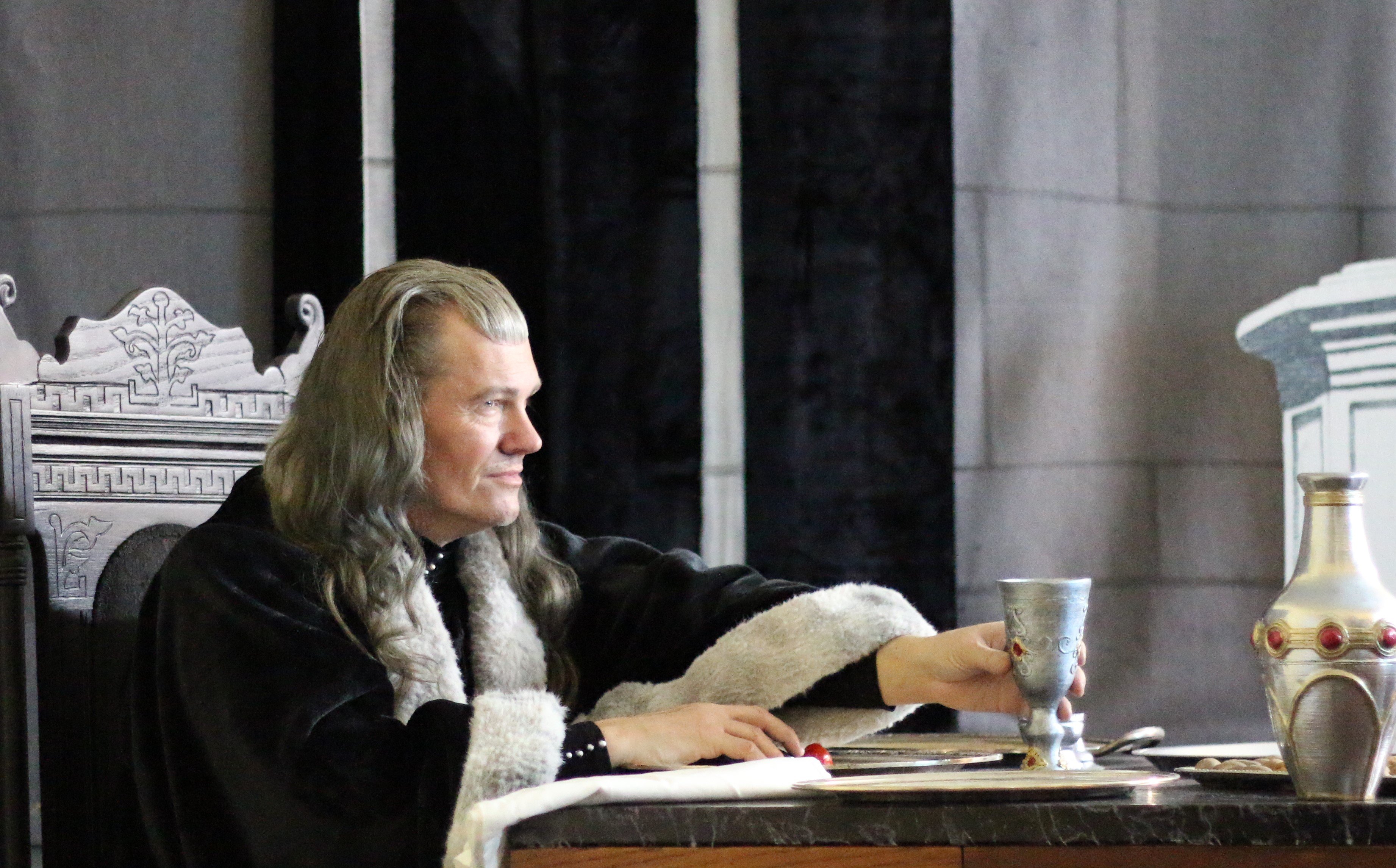
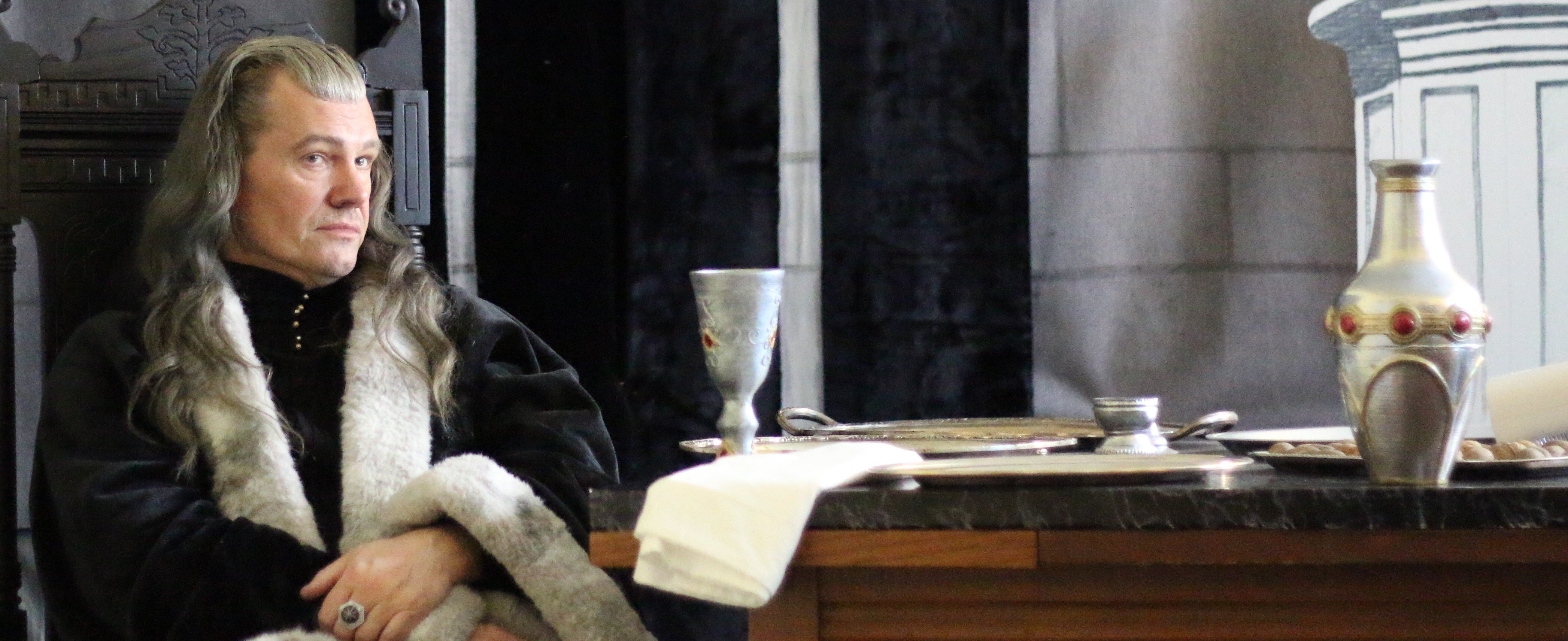
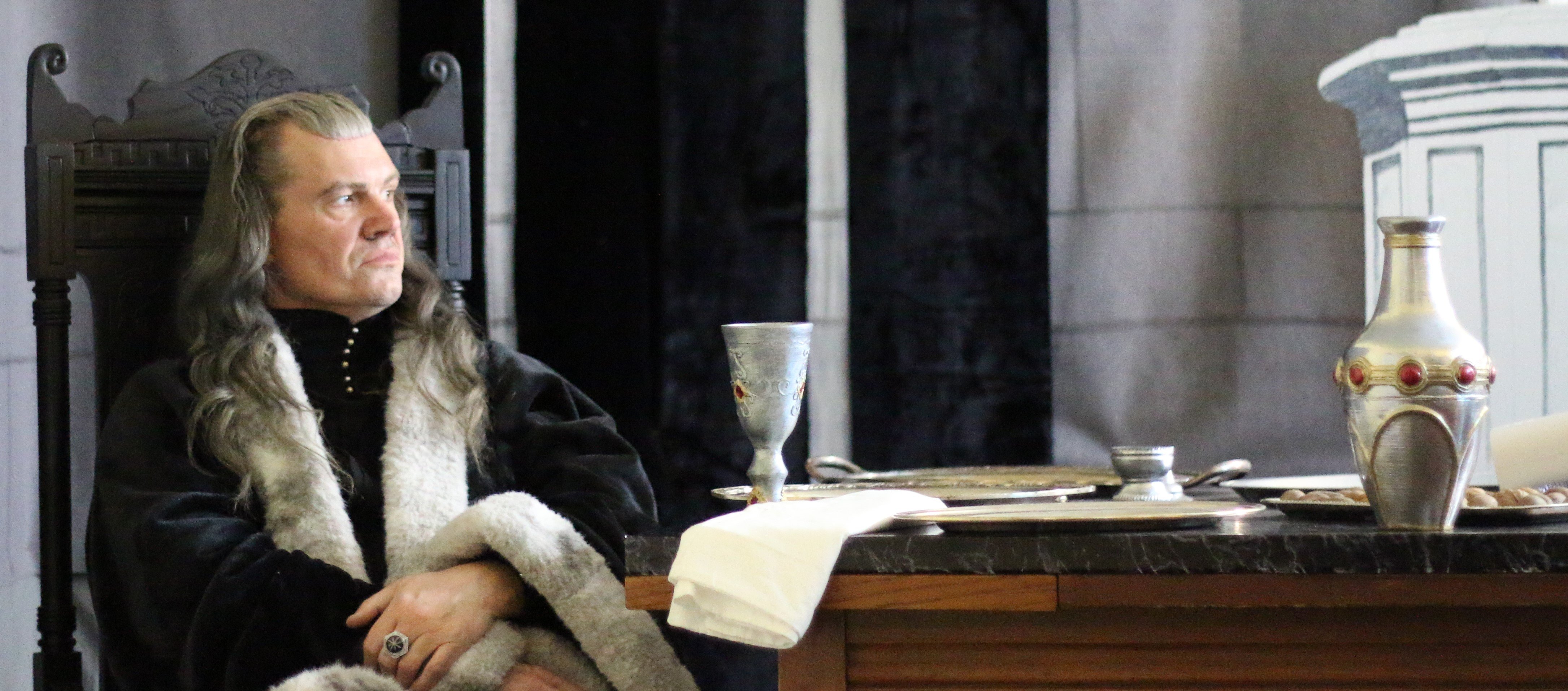



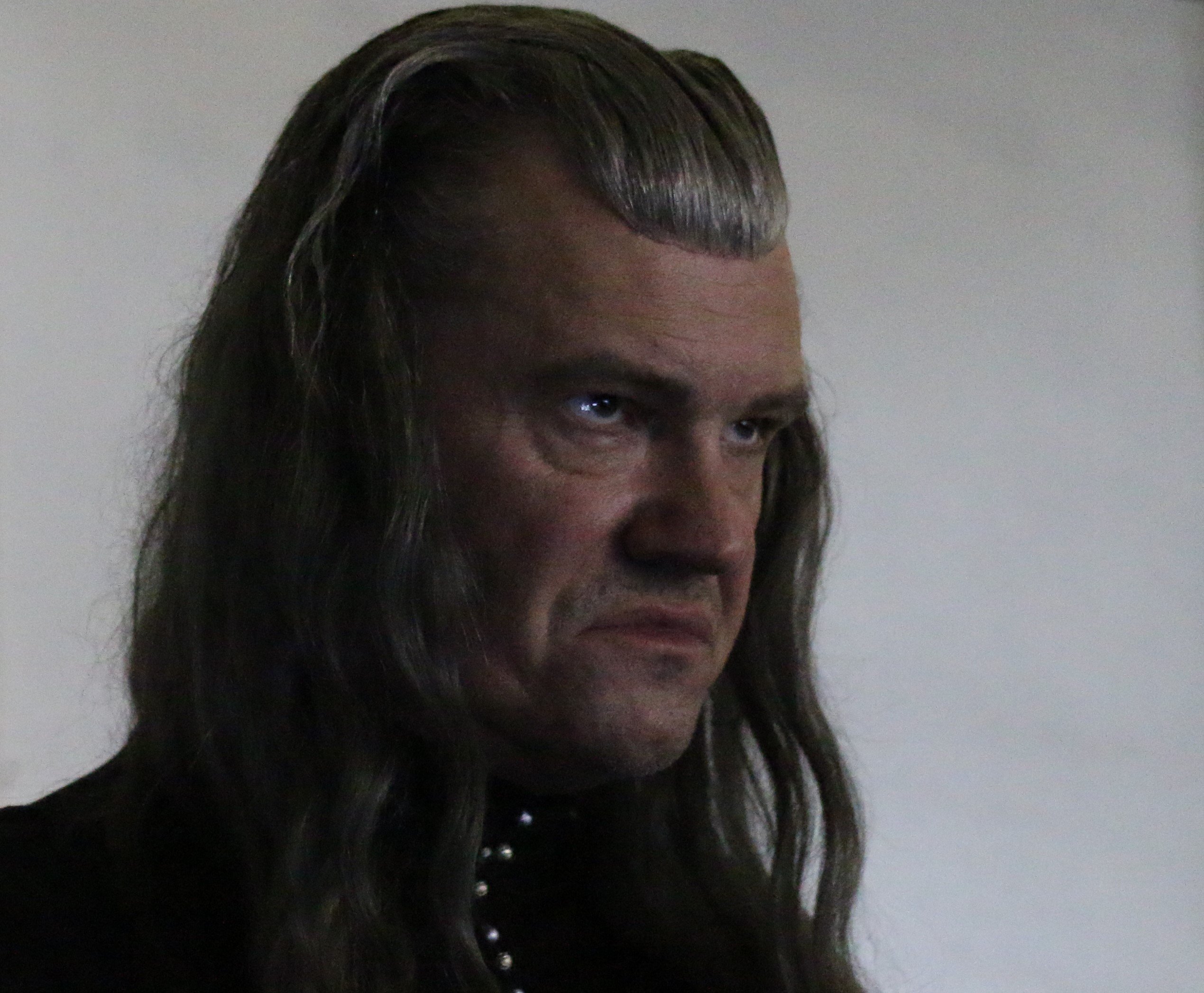
These are me just being absurd with the tomato. I attempted video but was nowhere near enough light for such an attempt. If I can modify the footage I did get, I will upload later.
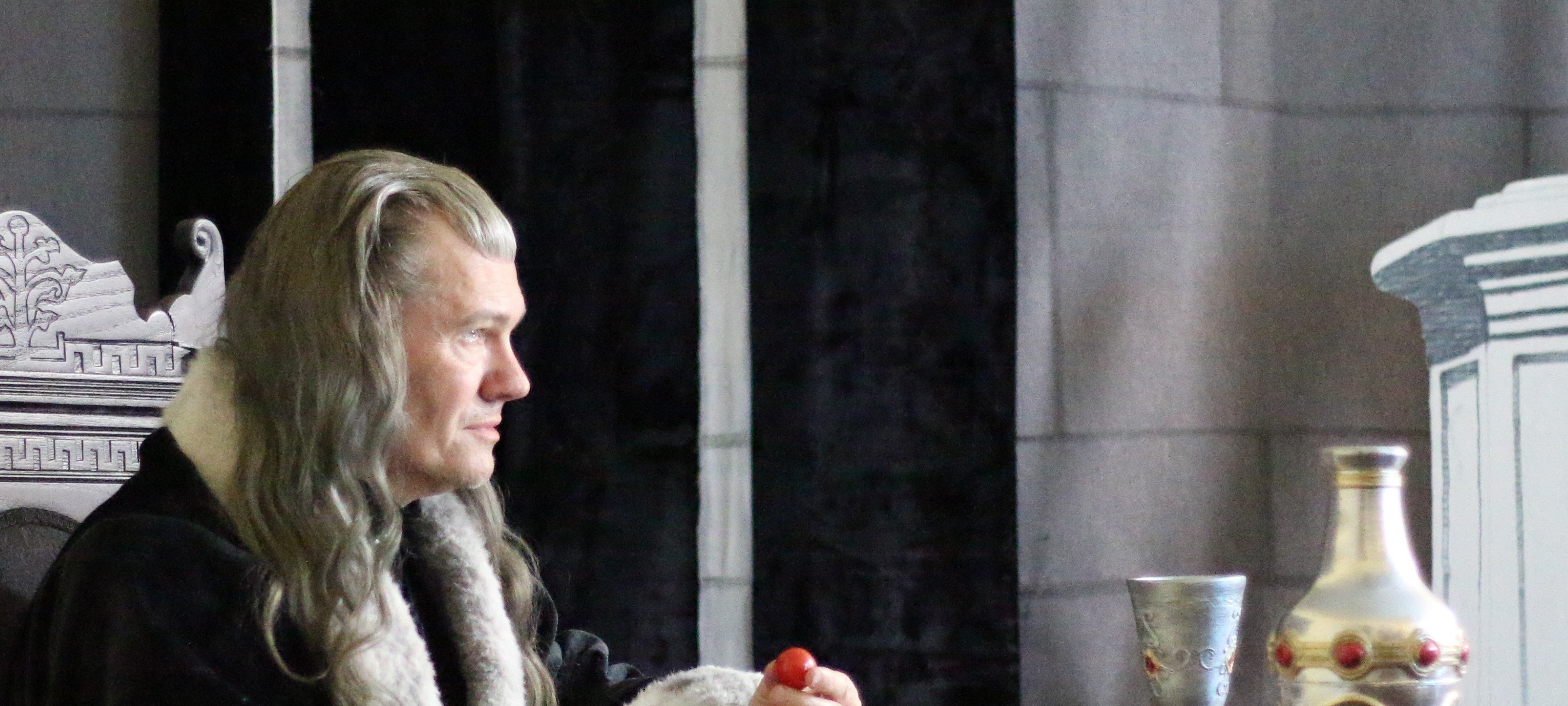
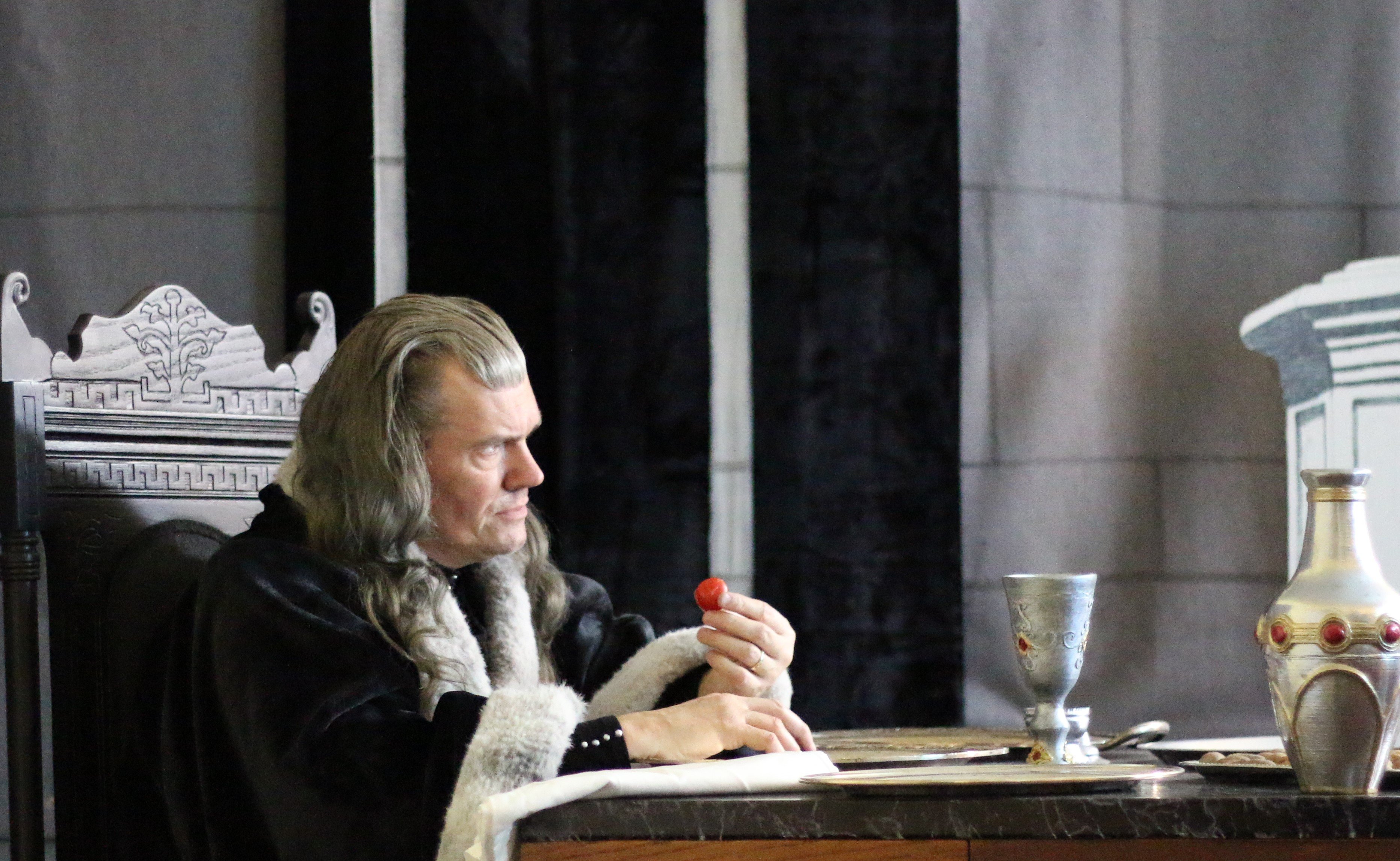
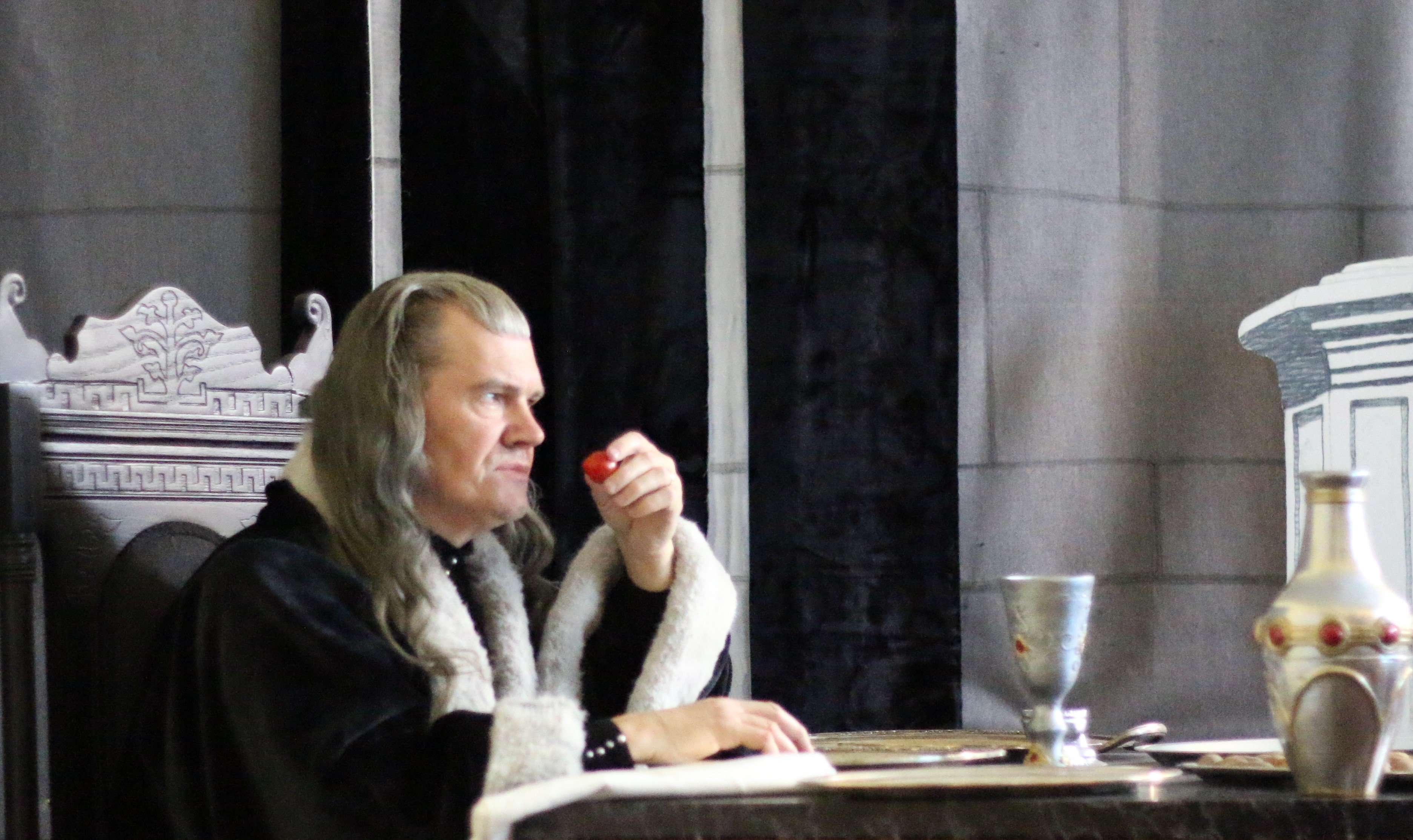

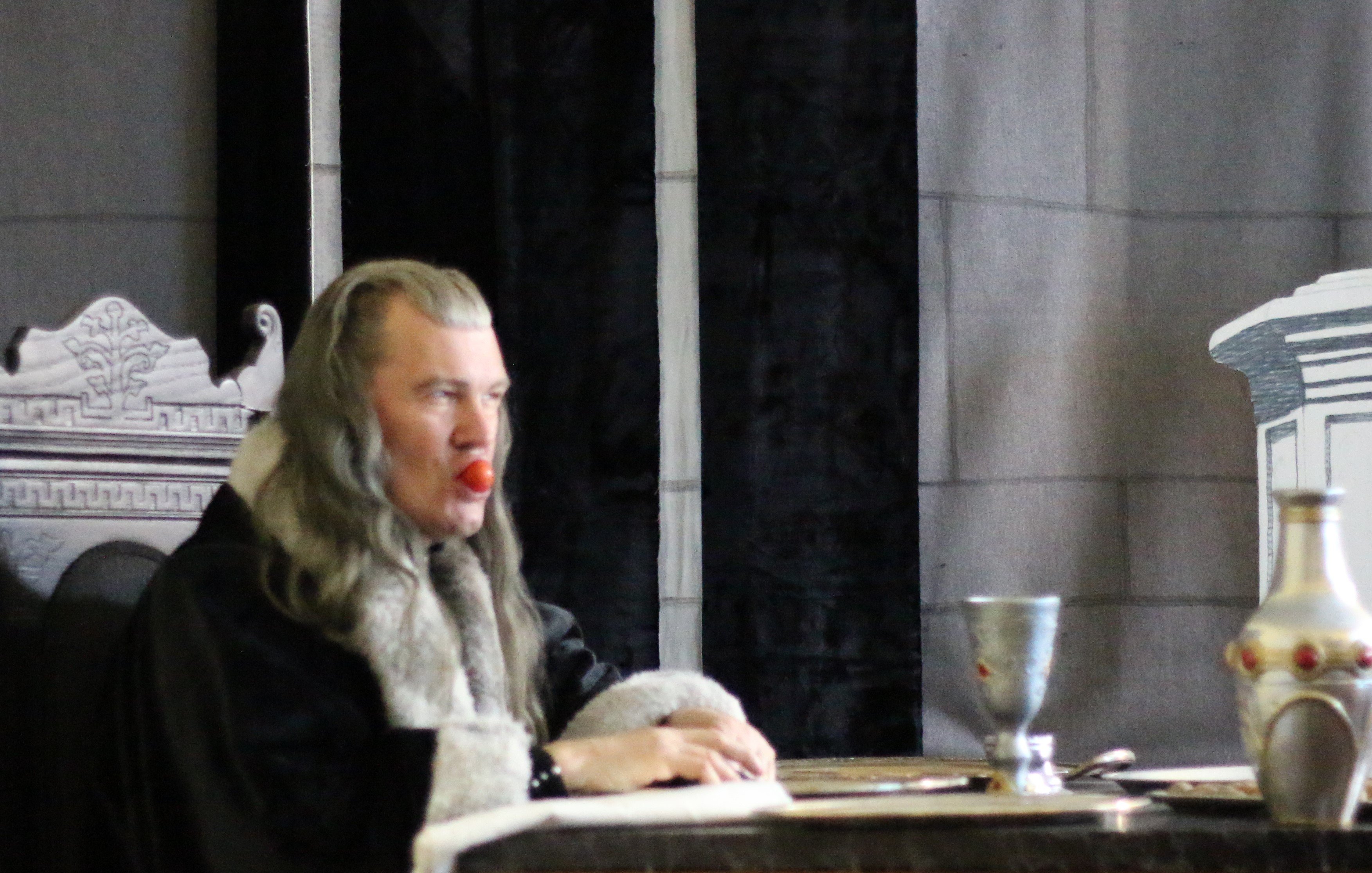




continued in next post....
These next were me attempting to get a better angle to look the most like John Noble. In pure profile my nose was noticeably different but if I angled enough it hid the difference more.








These are me just being absurd with the tomato. I attempted video but was nowhere near enough light for such an attempt. If I can modify the footage I did get, I will upload later.









continued in next post....
Re: Impersonation Cosplay Costume - Greenmachines Show-off Thread for Mom
Character: Denethor, Lord Steward of Gondor
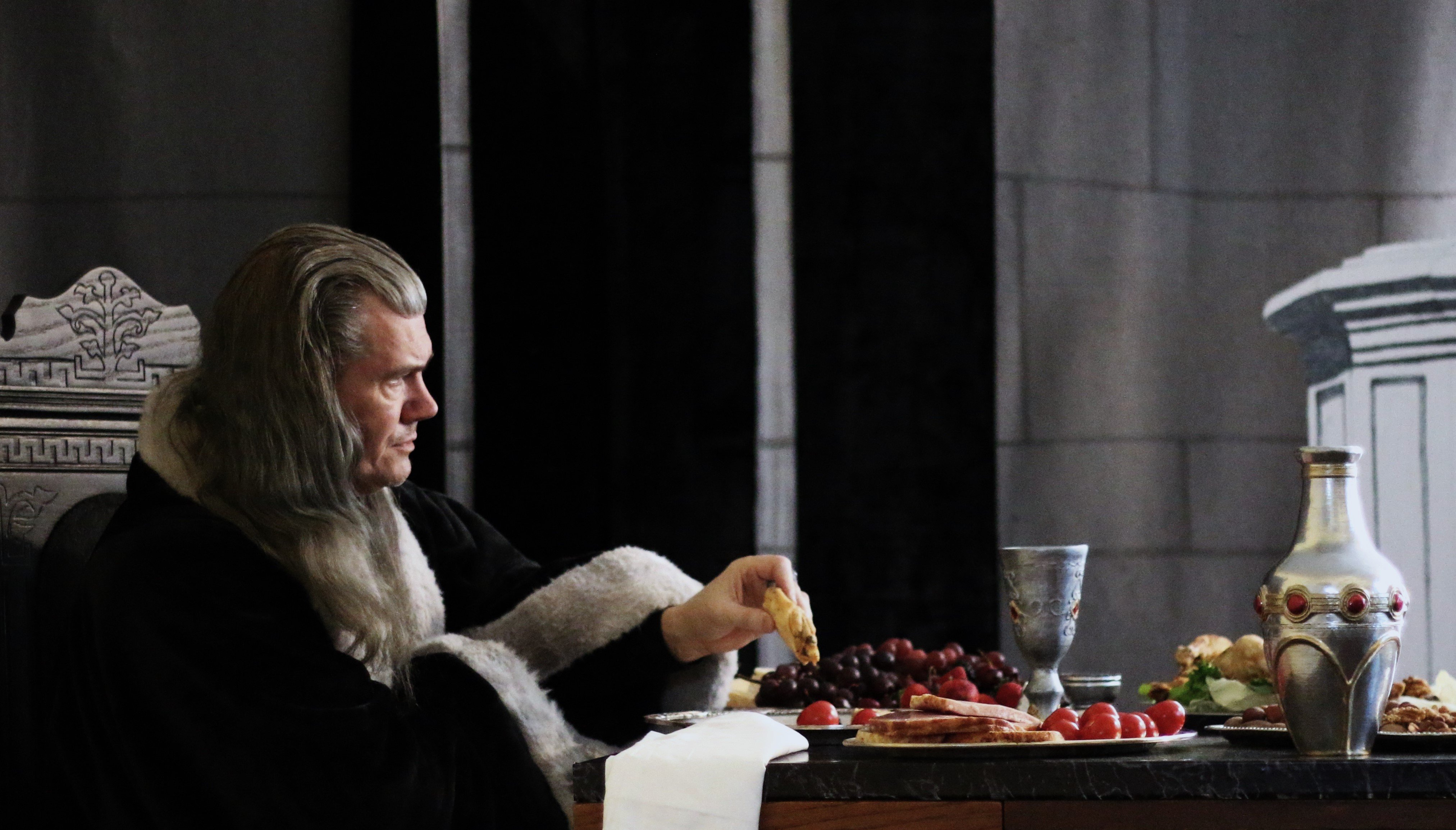


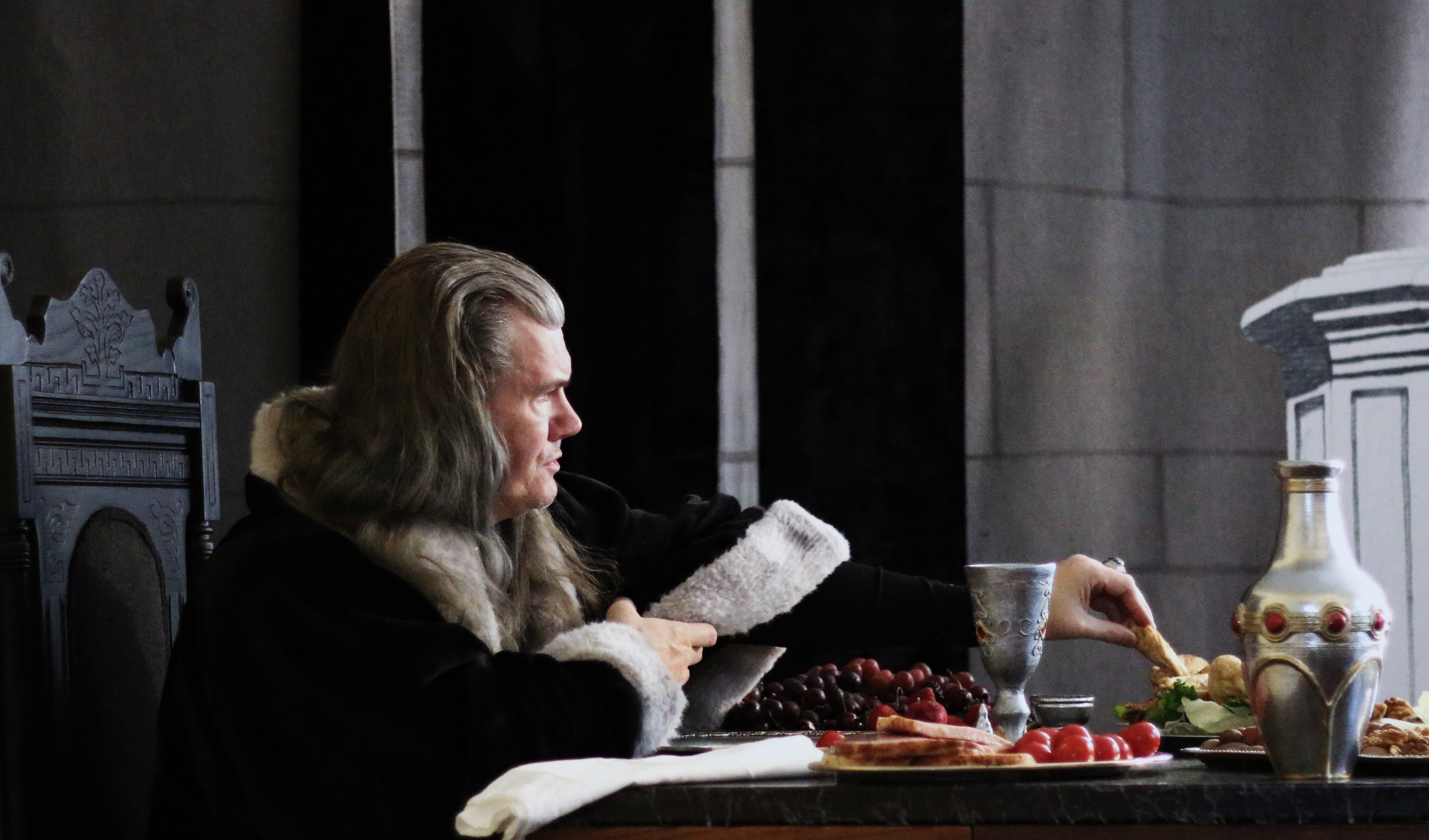

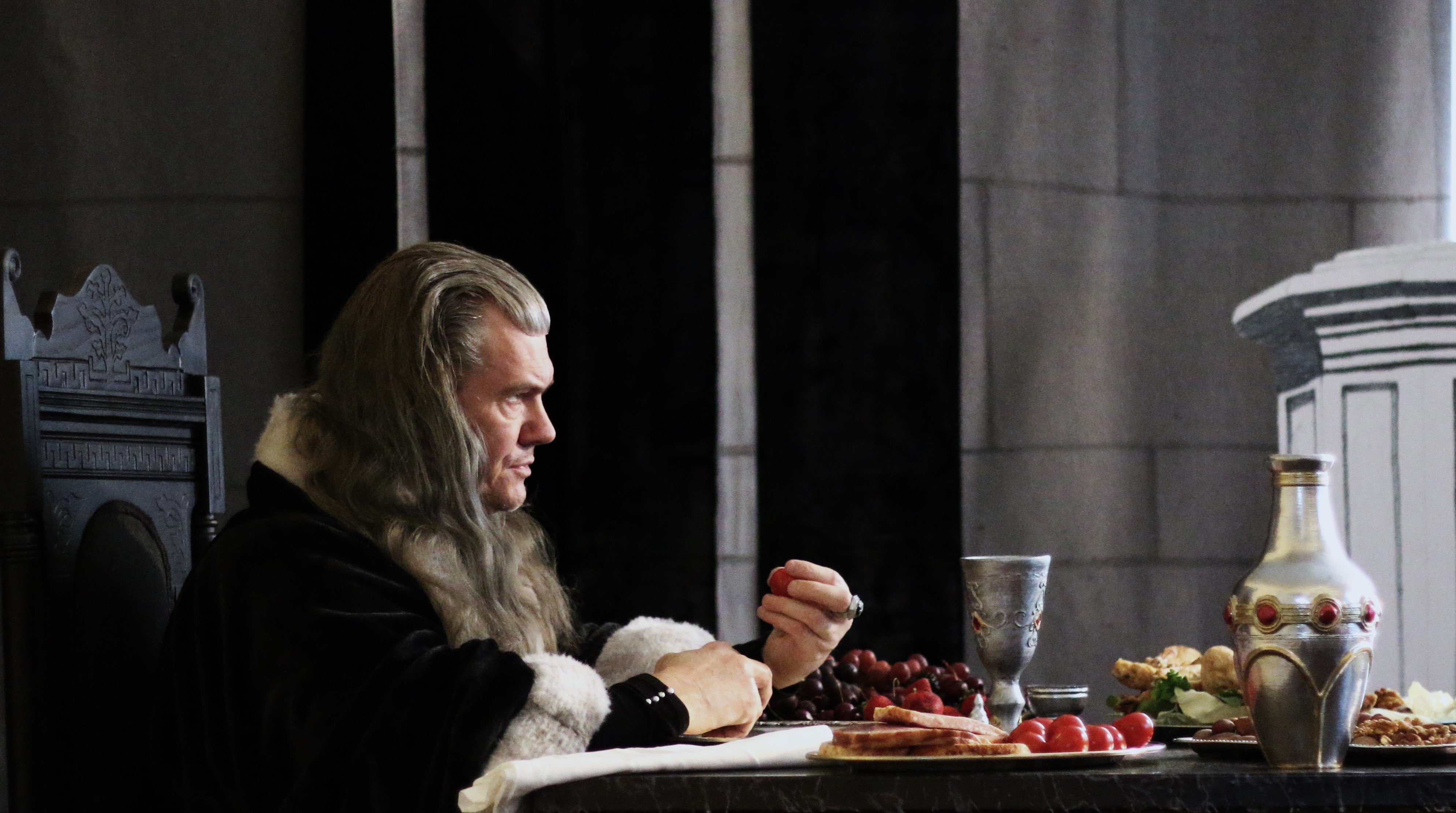
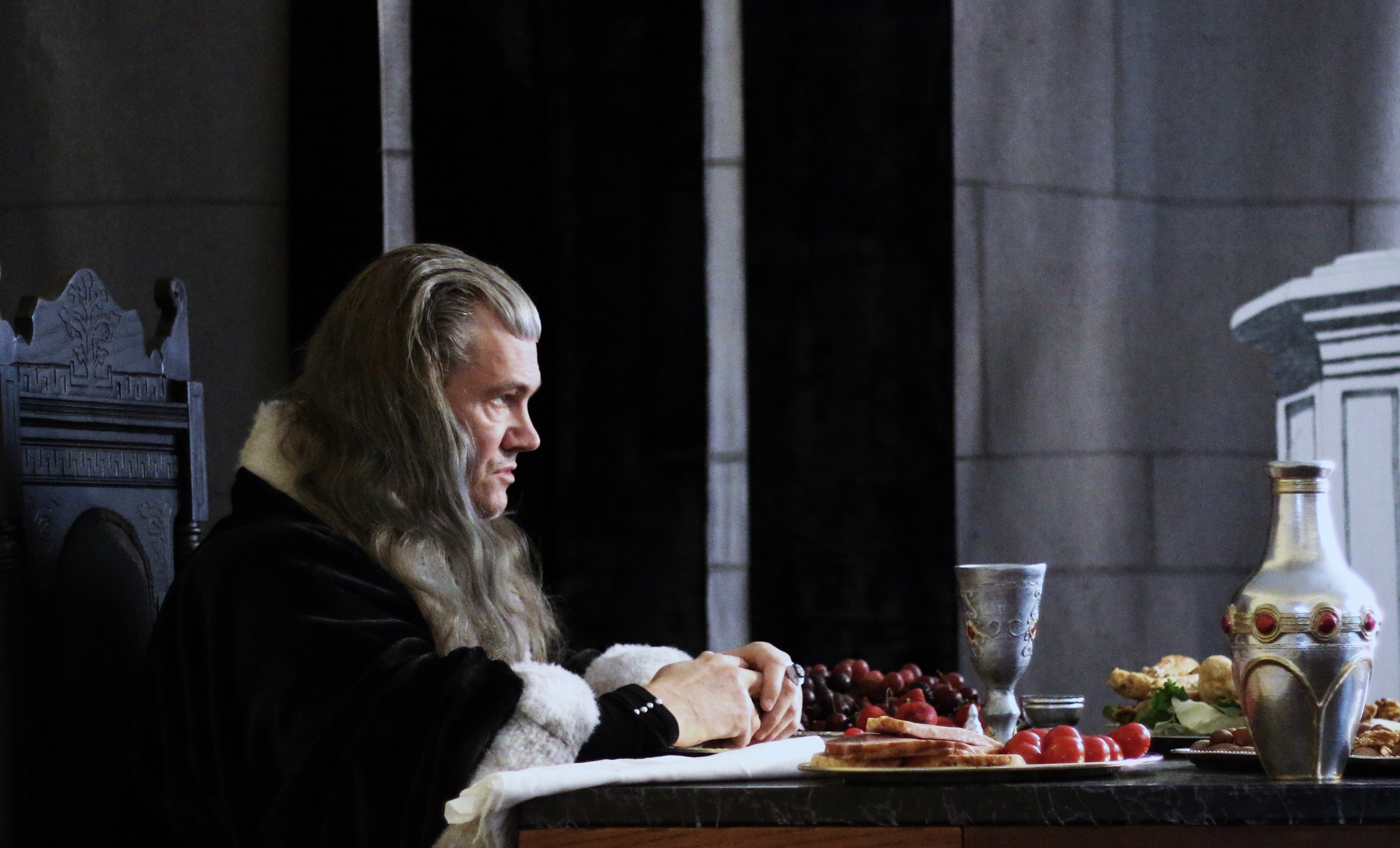
continued in next post...
Actor: John Noble
Movie: Lord of the Rings - The Return of the King
I was awaiting shipping on a few items to finish some of my works in progress. This led to the usual distraction of "a quick looking build". I had wanted to do Denethor, Steward of Gondor, and his tomato for some time and this pause in my other projects seemed like a slam dunk. My hair is long, so just gray it, let the stubble grow, mine is already gray, a velvet blanket and one strip of white fur..... done......
This was the original inspiration picture of this "quick" build from the movie itself:

Then I really got interested and zoomed out to this:
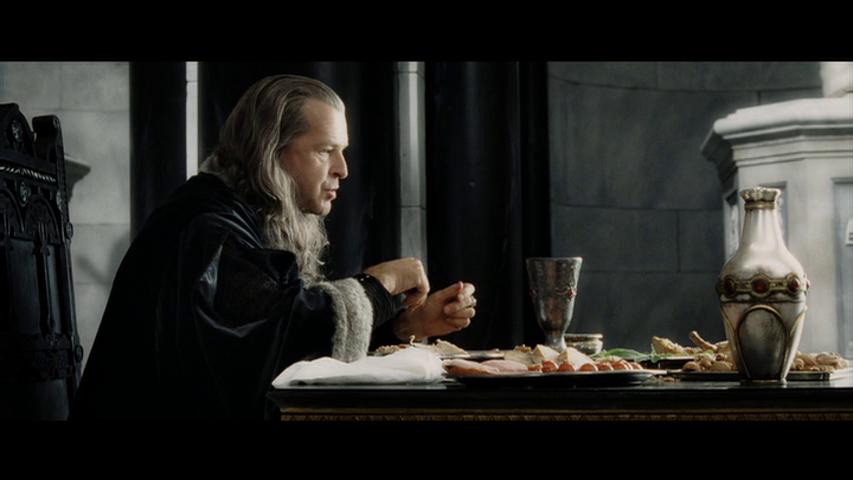
So this turned into a huge endeavor. I created the pitcher and cup from scanning online pictures and cleaned them up, printed and painted. I purchased many platters at thrift. Modified a chair I owned, added 3d printed upper decor. I hung wall clothes to simulate his castle's dining hall and drew lines on for stone. I recovered a dining table with stone print shelf liner. I sculpted the ring on my computer, printed and painted it (and sized). I added beads to a turtle neck shirt, added a long nightgown and then went through a huge project and 3 separate blankets to cut and sew his outer robe from a pattern I made. I hand sketched the large white pillar plinth and cut it out of cardboard (right side of the photo below). I conversed with the rpf group to come up with our guess of what was on each platter and I went grocery shopping.

Then I really got interested and zoomed out to this:

So this turned into a huge endeavor. I created the pitcher and cup from scanning online pictures and cleaned them up, printed and painted. I purchased many platters at thrift. Modified a chair I owned, added 3d printed upper decor. I hung wall clothes to simulate his castle's dining hall and drew lines on for stone. I recovered a dining table with stone print shelf liner. I sculpted the ring on my computer, printed and painted it (and sized). I added beads to a turtle neck shirt, added a long nightgown and then went through a huge project and 3 separate blankets to cut and sew his outer robe from a pattern I made. I hand sketched the large white pillar plinth and cut it out of cardboard (right side of the photo below). I conversed with the rpf group to come up with our guess of what was on each platter and I went grocery shopping.
After a crazy long period to get my hair right (all done solo at home)(note: Lucius Malfoy build happened here - above thread) it was time to condescend, which is what Denethor does best. I will say again that I had a lot of hair advice and was not flying totally blind on this. I followed instructions from my buddy, a pro with her own shop, my many friends and advisors at our local Sally's Beauty supply, my wife's hair dresser (different shop), friends here on the rpf, and the wonderful helpline at Brad Mondo's Xmondo sales support, online.
Links to the build threads:
https://www.therpf.com/forums/threads/denethor-john-noble-impersonation-cosplay-costume-lord-of-the-rings-return-of-the-king.364266/
First is our glory shot of the tomato. The scene that has inspired so many to cringe even at the mention of it. Like sitting next to "that guy" at a restaurant and realizing that murder just might be in the cards today if he continues to eat so poorly and loudly. If you have never seen it, you have done yourself a great service.

The usual response to the scene is cursing and a permanent dislike for cherry tomatoes. The question asked by tomato lovers is, "Who bites only half of a cherry tomato?". Most, who have seen and loved the movie, will say, "I was really OK when the Orcs were eating other Orcs but the cherry tomato scene.... I just... uh... why?"
First is our glory shot of the tomato. The scene that has inspired so many to cringe even at the mention of it. Like sitting next to "that guy" at a restaurant and realizing that murder just might be in the cards today if he continues to eat so poorly and loudly. If you have never seen it, you have done yourself a great service.

The usual response to the scene is cursing and a permanent dislike for cherry tomatoes. The question asked by tomato lovers is, "Who bites only half of a cherry tomato?". Most, who have seen and loved the movie, will say, "I was really OK when the Orcs were eating other Orcs but the cherry tomato scene.... I just... uh... why?"
Here are a few of the intended angle and scene (my living room):







continued in next post...
Re: What's On Your Workbench? (Fall 2025)
On my way to becoming gray for Denethor, I had to go ultra blonde. I was warned that I shouldn't just stack all these hair processes too quickly, so, I am spending a week blonde to continue bonding and conditioning my hair.
So, having no patience and very little self control, I started in on Lucius Malfoy. Three costumes spanning multiple movies. Hat, hair, aging, de-aging, props, costumes, jewelry. You know, because, I have at least until my roots grow out brown.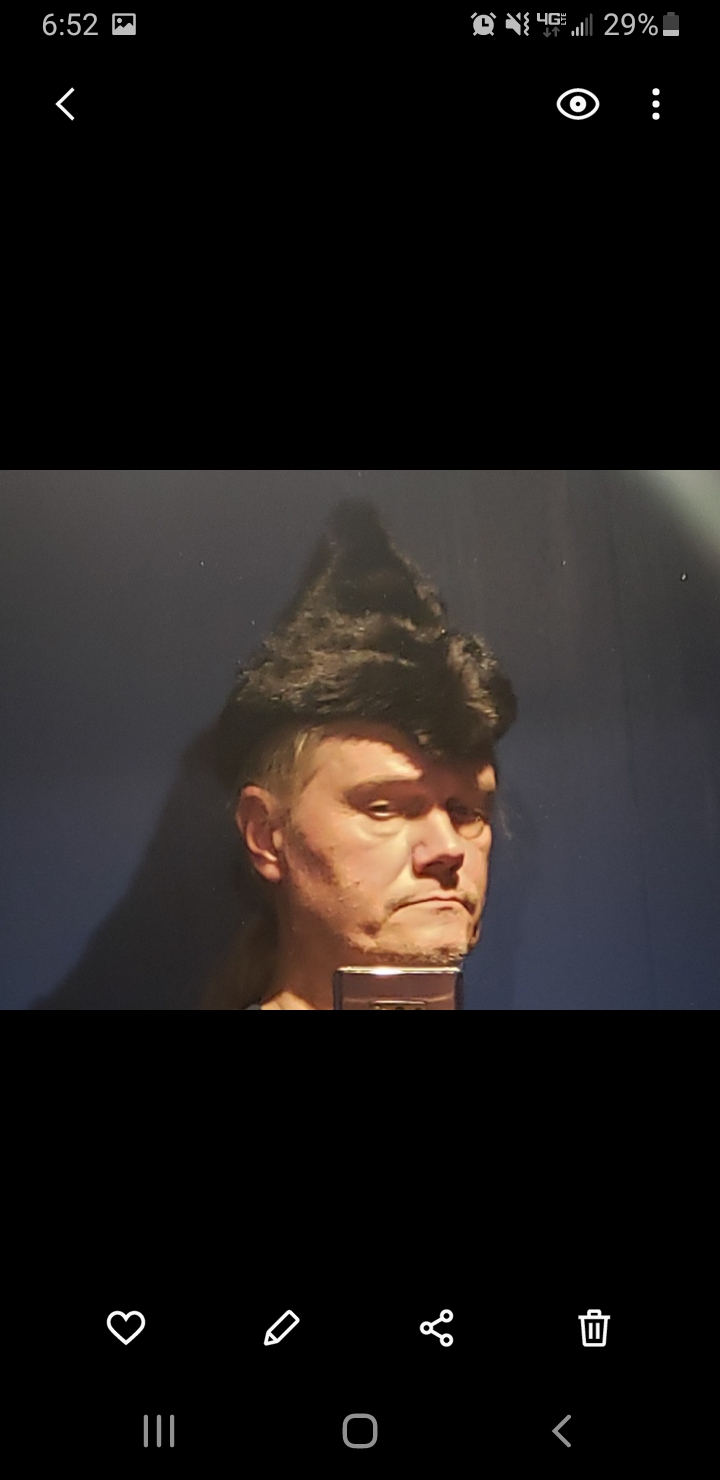
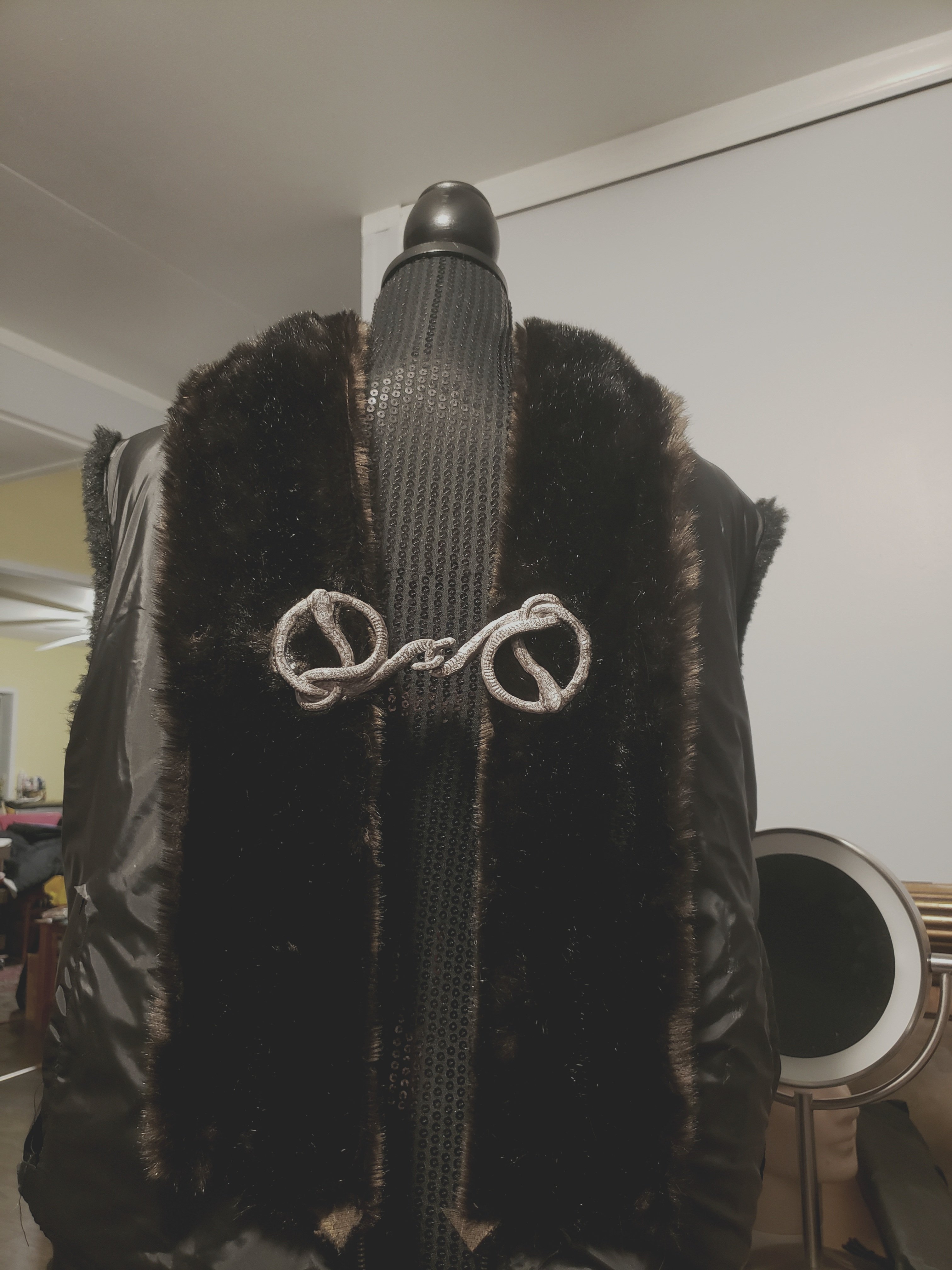
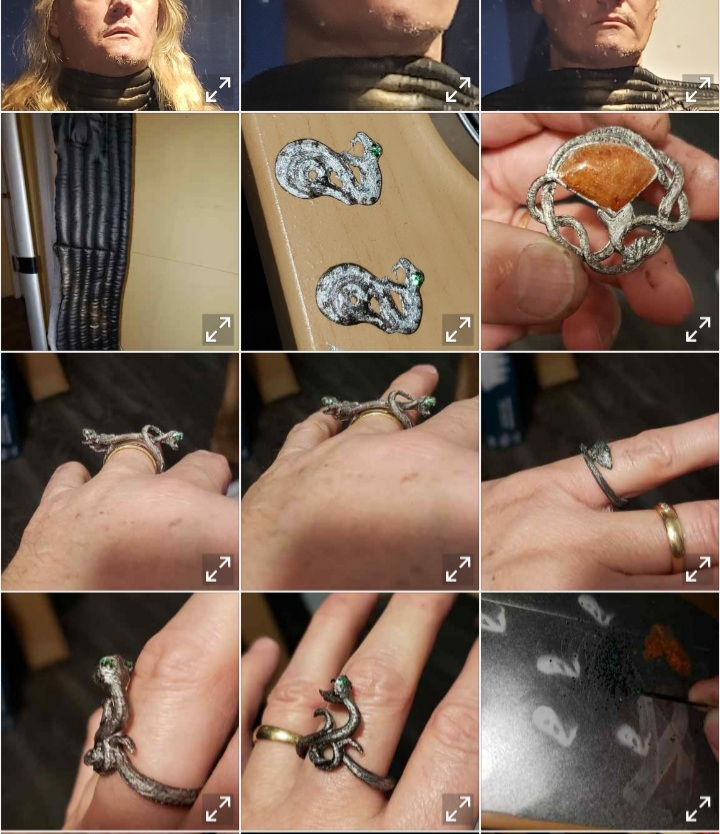
Update 12-14-25: finished - full build thread link: https://forums.stanwinstonschool.com/discussion/12342/lucius-malfoy-impersonation-cosplay-costume-jason-isaacs-impersonation-cosplay-costume#latest
So, having no patience and very little self control, I started in on Lucius Malfoy. Three costumes spanning multiple movies. Hat, hair, aging, de-aging, props, costumes, jewelry. You know, because, I have at least until my roots grow out brown.



Update 12-14-25: finished - full build thread link: https://forums.stanwinstonschool.com/discussion/12342/lucius-malfoy-impersonation-cosplay-costume-jason-isaacs-impersonation-cosplay-costume#latest
Re: What's On Your Workbench? (Fall 2025)
Will be working on this a bit more but here is my first installment of my latest costume and prop build:

https://forums.stanwinstonschool.com/discussion/12346/denethor-impersonation-cosplay-costume-john-noble-impersonation-cosplay-costume#latest

https://forums.stanwinstonschool.com/discussion/12346/denethor-impersonation-cosplay-costume-john-noble-impersonation-cosplay-costume#latest
15ft dragon puppet for Shrek The Musical
I'm 2 years into puppet building on a large, semi-professional scale. I actually don't know when I make the leap into calling myself a professional... I was hired and paid... I won a national award for puppetry design and construction from the Kennedy Center yet it still feels like I haven't earned that title yet. Eventually.
Anyway- a friend of mine recently asked me to make their dragon for Shrek The Musical and I immediately said no because I was so intimidated by the scale, but after some thought I changed my mind and I'm so glad I did. This project pushed me as an artist and a person, and there were times I thought I would break, but I pushed through and I'm very pleased with the end result.
Shout-out to the How to Fabricate a Monster Suit course, Puppet Mechanism courses, Sculpting Basics and Foam Fabrication for holding my hand through this. 😅
I hope you enjoy her.
Her eyes have LED lights and switch from red to green via a remote off stage. Her wings *were* articulated via a pulley but they snapped during the installation and I didn't have time to repair it. Her eyes also opened and closed but that was other hiccup so I scraped it and they live open now.
Her skull is a PVC base with a standard eye blink mech. I patterned the head myself and used EVA to construct it.
Her body structure is also PVC with extra large hulahoops and plastic corset boning to make out a cage of sorts. The tail was my biggest engineering feat and took over 8 hours to get right. It was extremely important to me that the movement was just right. When she was on stage she was able to dance and fight Donkey and Shrek using her tail as a weapon.
This entire build took about 200 hours to complete.
I'm still learning and had to make a lot of compromises just because of my own limitations, but overall I'm extremely proud of her.
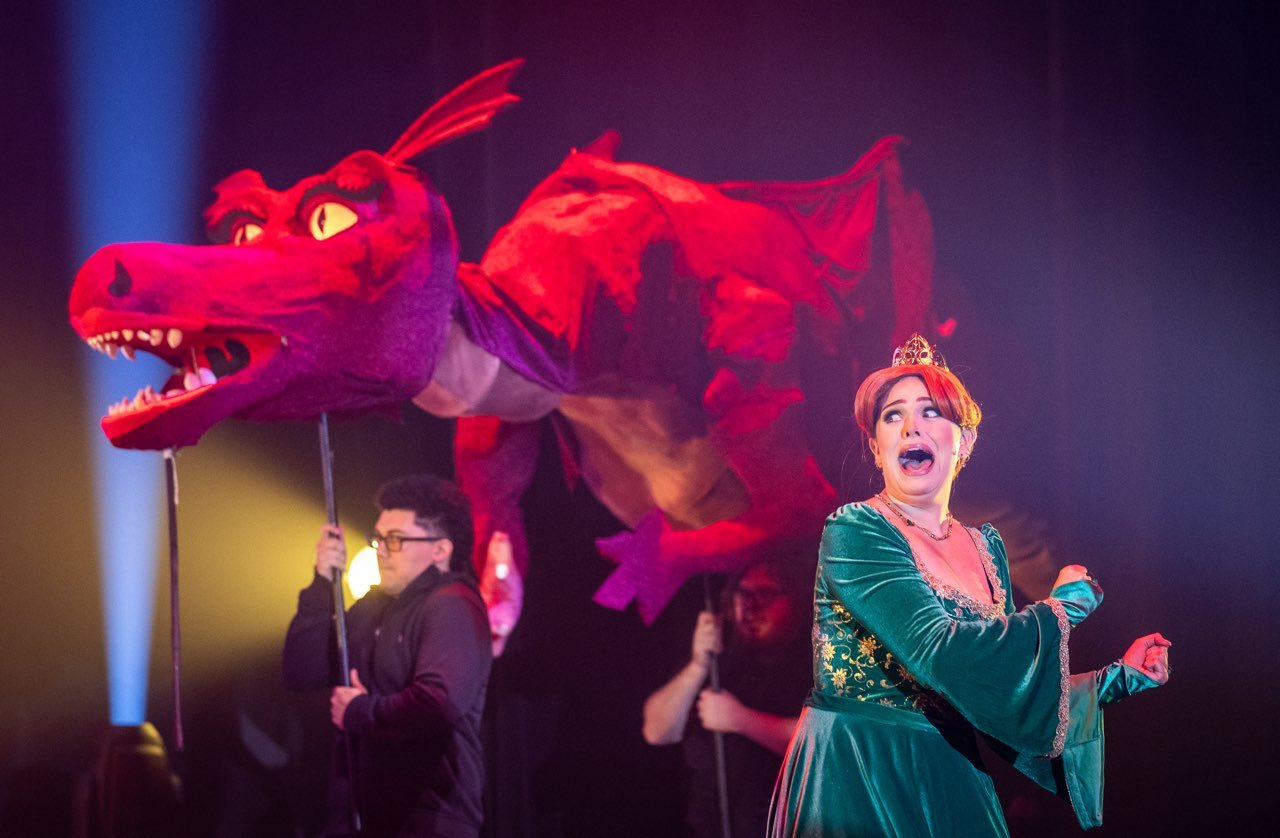
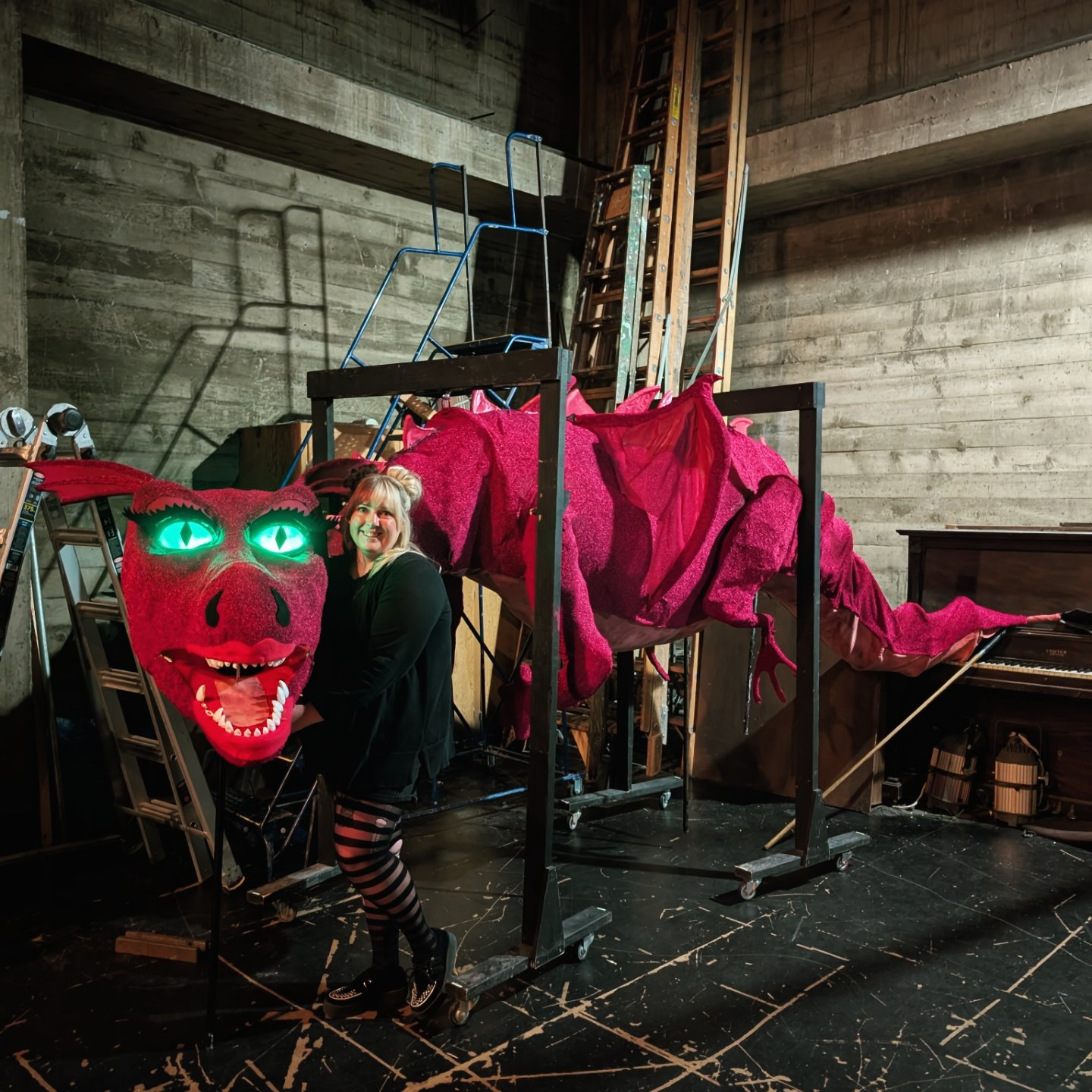
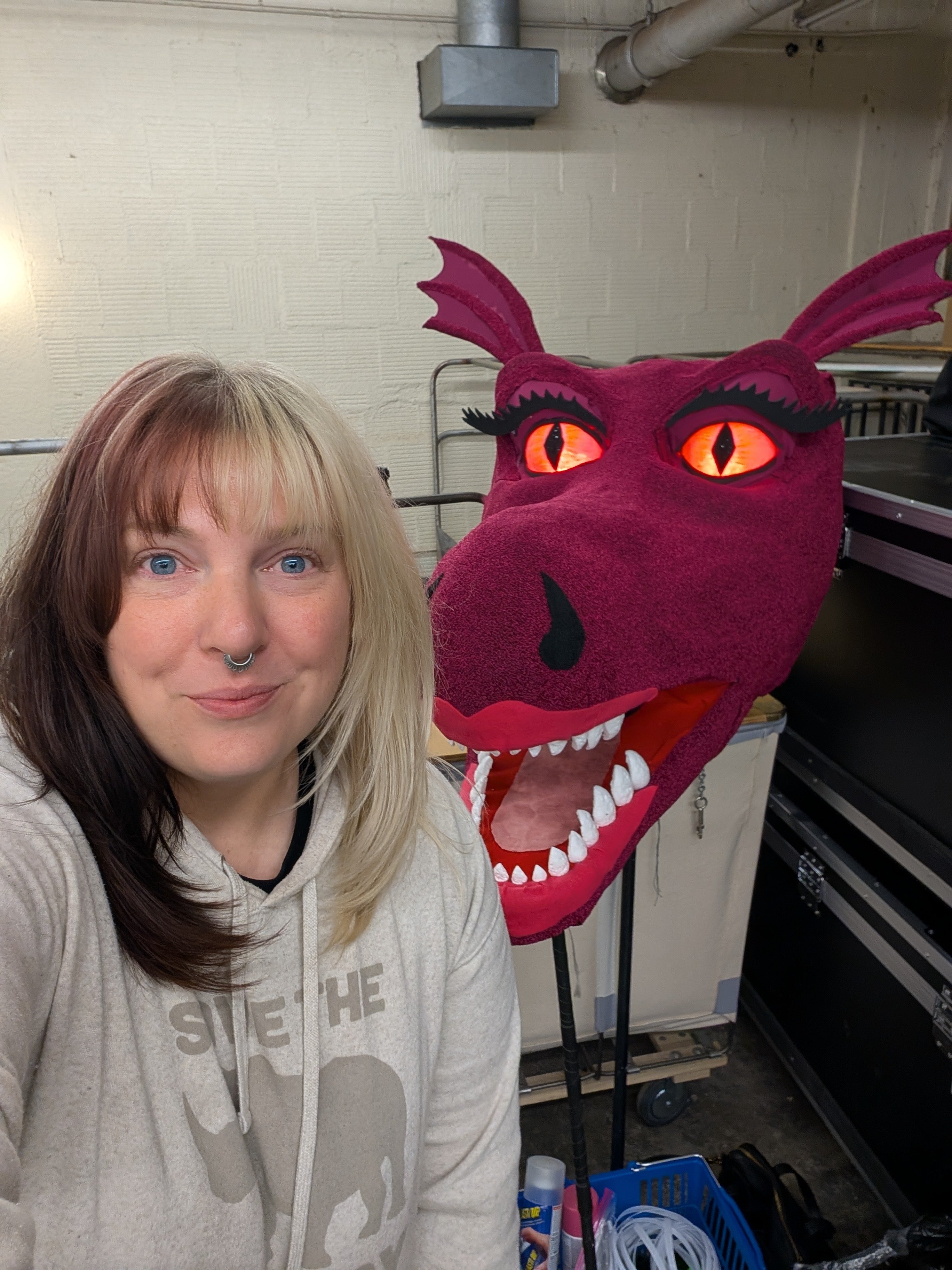
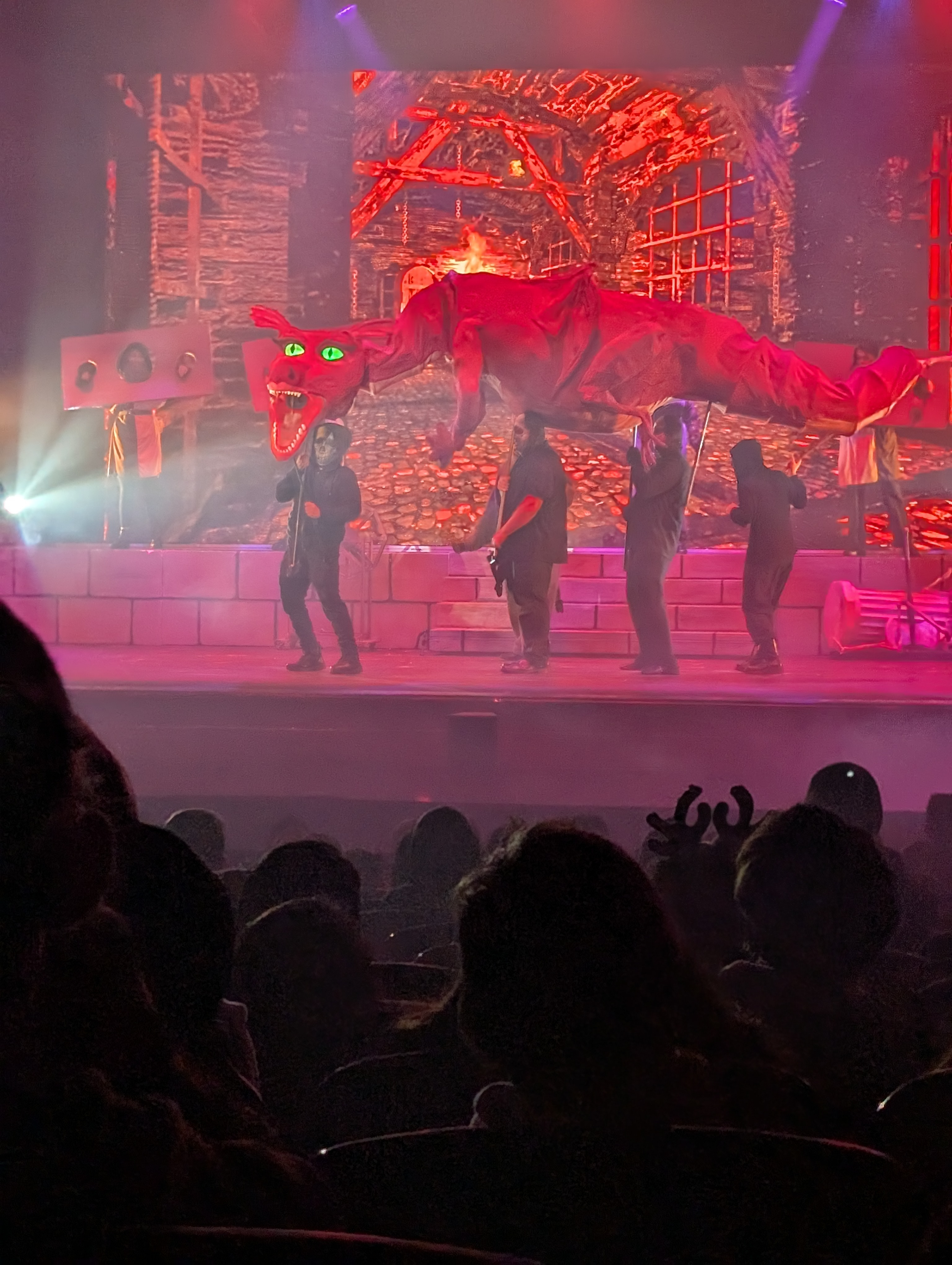
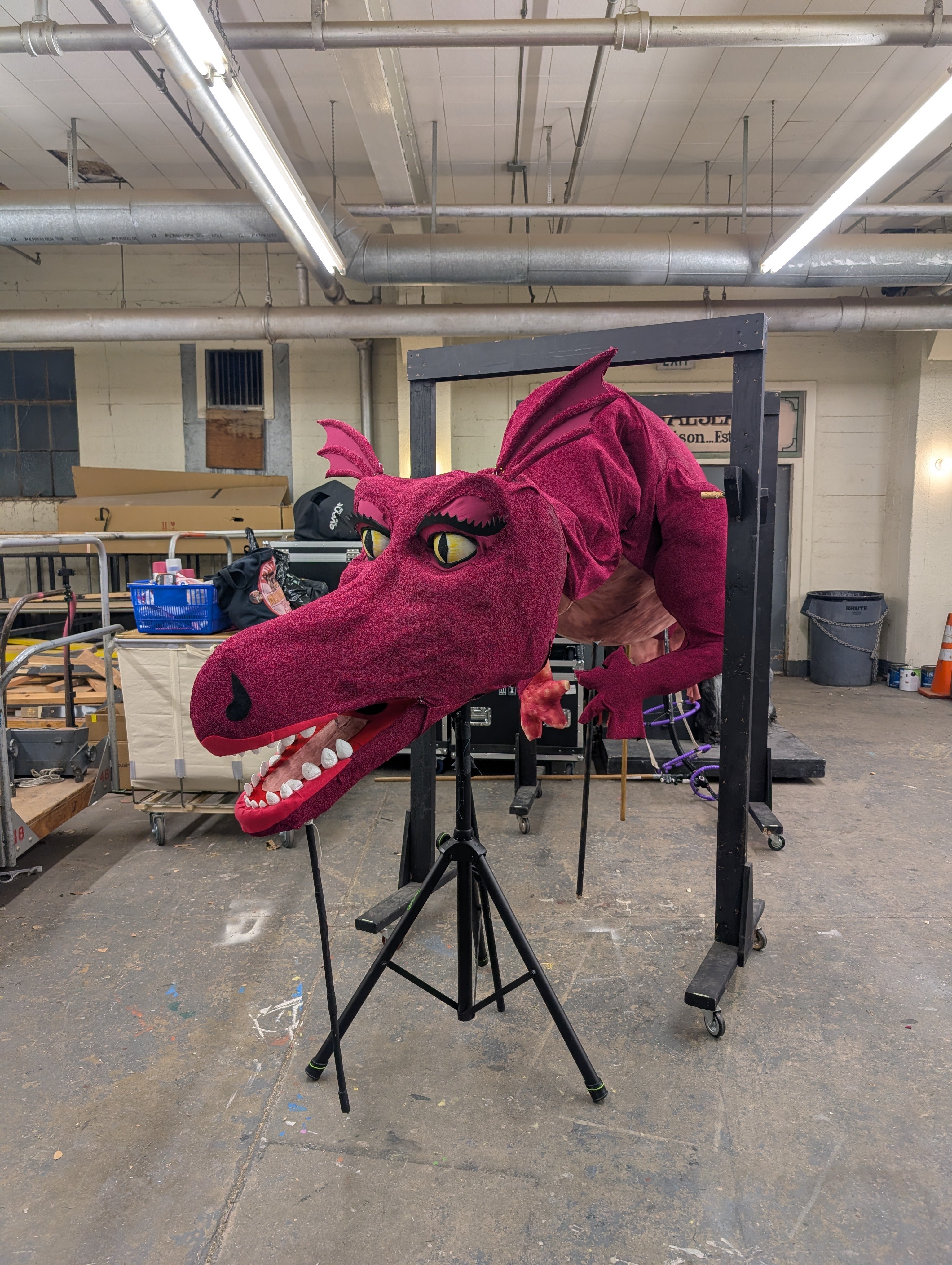
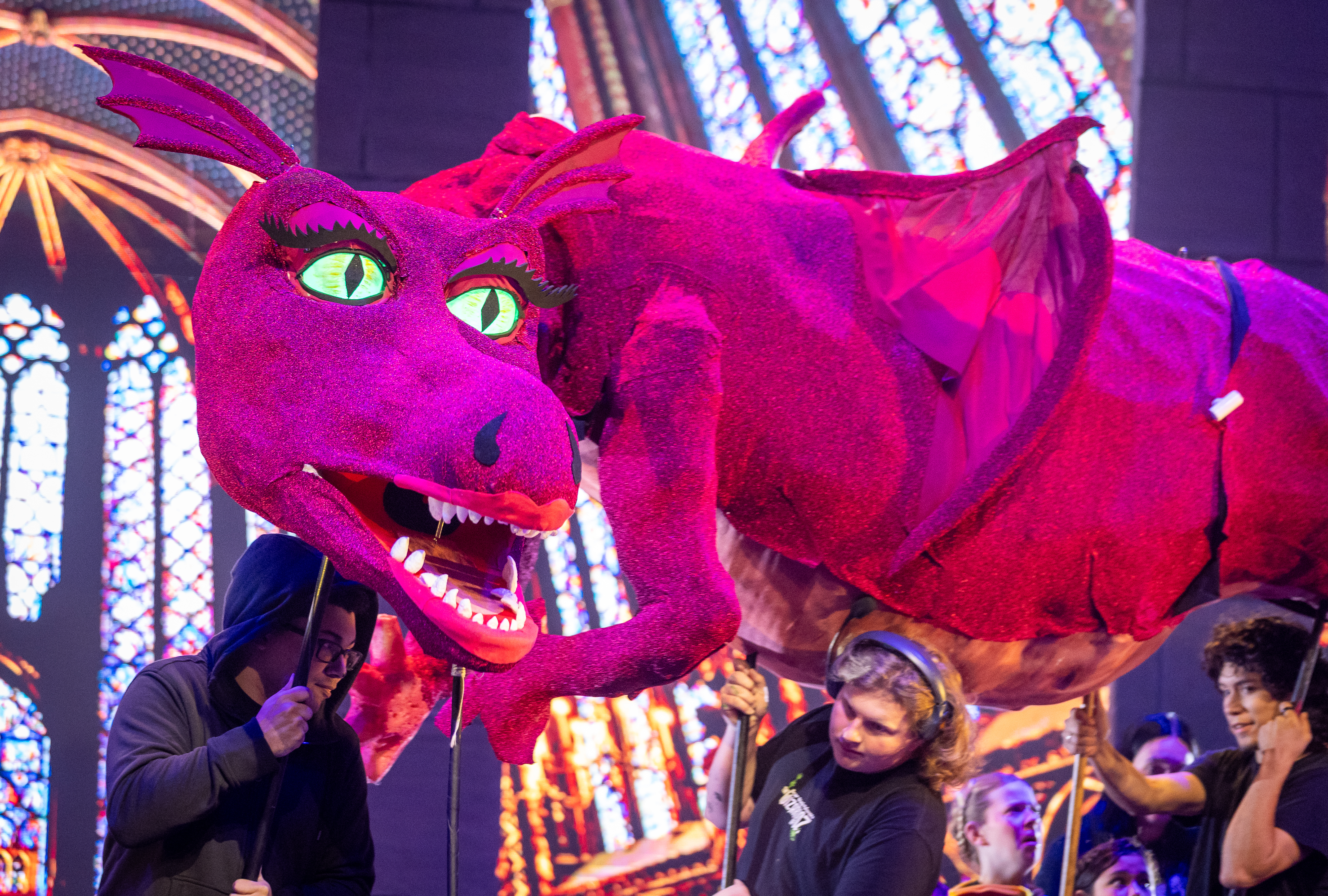
Anyway- a friend of mine recently asked me to make their dragon for Shrek The Musical and I immediately said no because I was so intimidated by the scale, but after some thought I changed my mind and I'm so glad I did. This project pushed me as an artist and a person, and there were times I thought I would break, but I pushed through and I'm very pleased with the end result.
Shout-out to the How to Fabricate a Monster Suit course, Puppet Mechanism courses, Sculpting Basics and Foam Fabrication for holding my hand through this. 😅
I hope you enjoy her.
Her eyes have LED lights and switch from red to green via a remote off stage. Her wings *were* articulated via a pulley but they snapped during the installation and I didn't have time to repair it. Her eyes also opened and closed but that was other hiccup so I scraped it and they live open now.
Her skull is a PVC base with a standard eye blink mech. I patterned the head myself and used EVA to construct it.
Her body structure is also PVC with extra large hulahoops and plastic corset boning to make out a cage of sorts. The tail was my biggest engineering feat and took over 8 hours to get right. It was extremely important to me that the movement was just right. When she was on stage she was able to dance and fight Donkey and Shrek using her tail as a weapon.
This entire build took about 200 hours to complete.
I'm still learning and had to make a lot of compromises just because of my own limitations, but overall I'm extremely proud of her.






What's On Your Workbench? (Fall 2025)
We love seeing current projects from our community members. Sharing your work on our forums not only gets your work seen by a large audience but also motivates and inspires other artists. We may even feature some of your projects on our social media!
You can either share images and videos below as comments on this discussion or post your own discussion with your work. So don't be shy, show us what you've got!
You can either share images and videos below as comments on this discussion or post your own discussion with your work. So don't be shy, show us what you've got!
What's On Your Workbench?
Re: Lucius Malfoy Impersonation Cosplay Costume Jason Isaacs Impersonation Cosplay Costume
And the facial comparison app results:
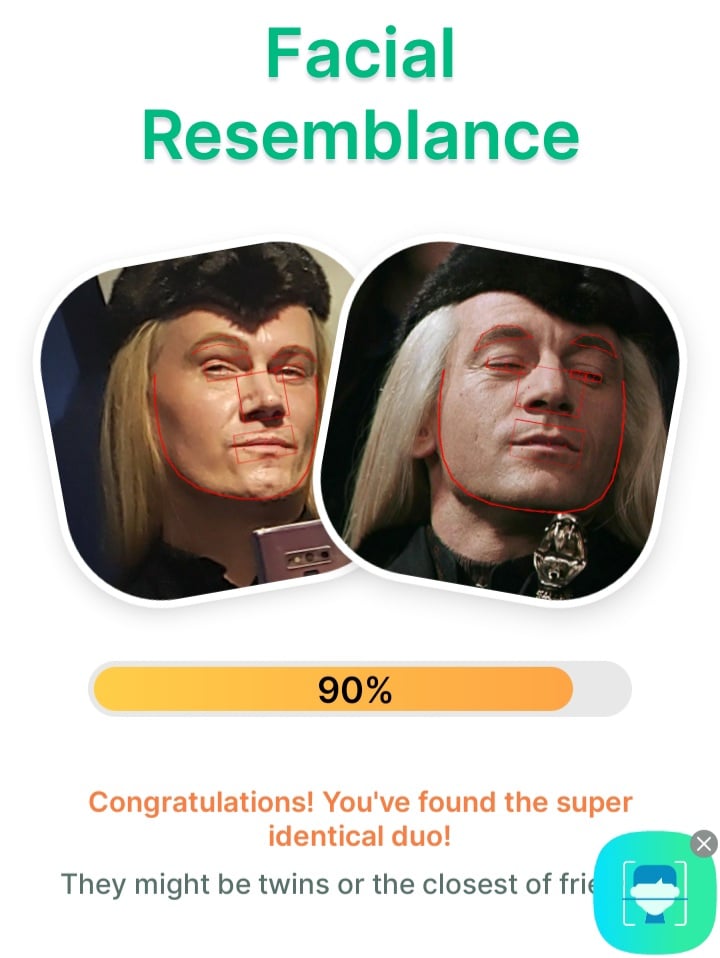
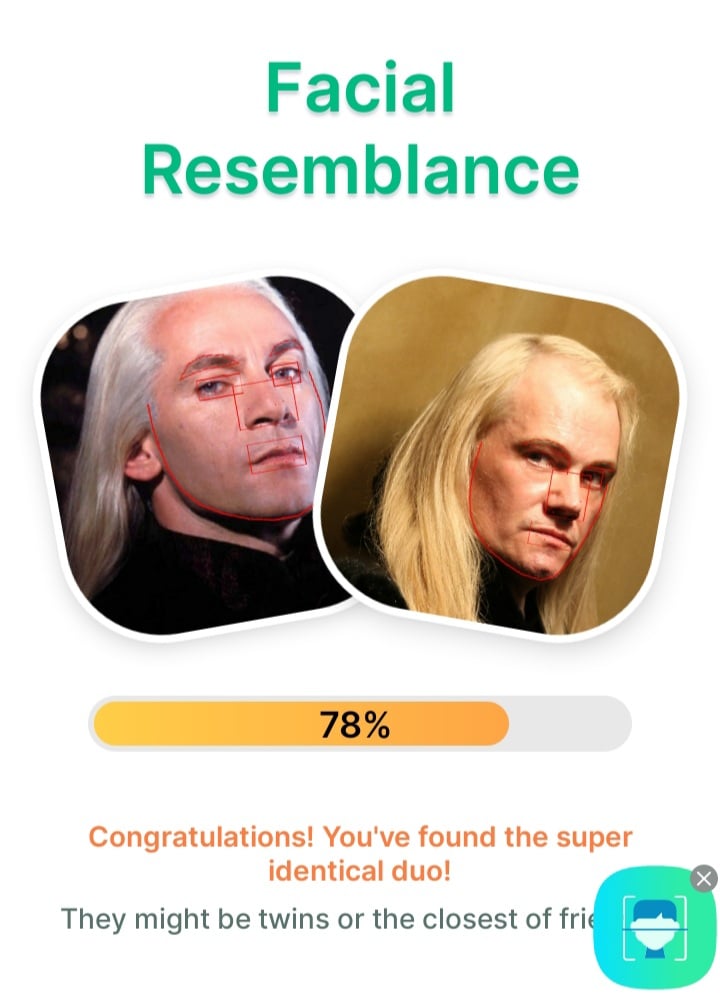
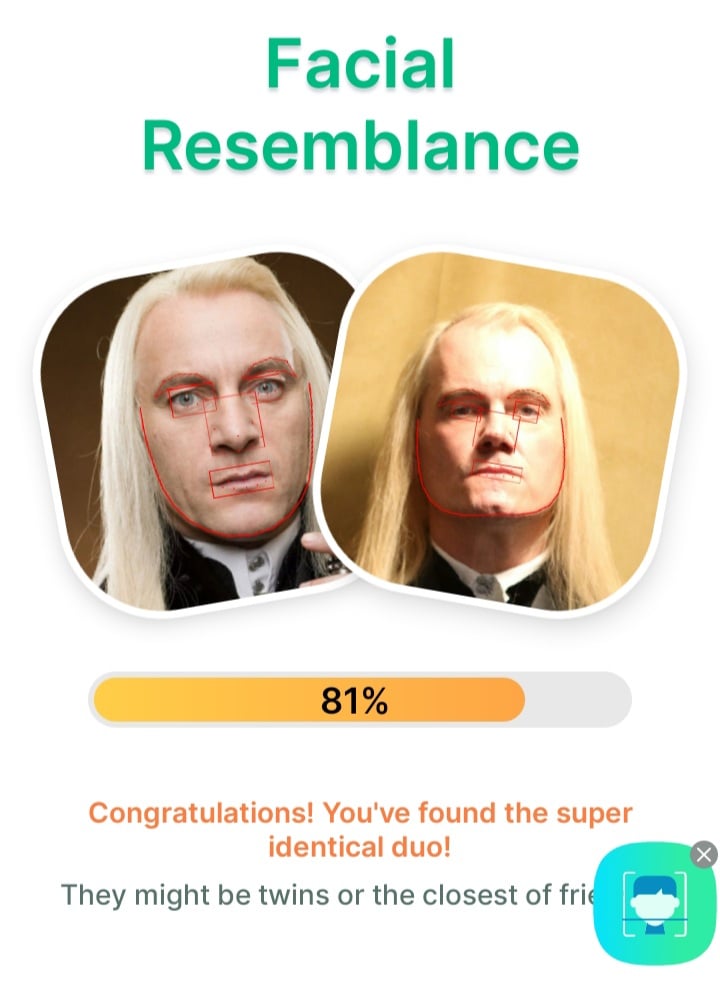



Re: Rubber Cement Paint Tint Alternative?
The main alternative we know and use at Imagination Workshop Studio is PAX or Prosaide + Acrylic paints, originally invented and developed by master of make-up Dick Smith in the early 1980's or was it 1970's? But, that is costly on the production budget especially for an individual working in their garage or home and not a studio that has the capital or budget to buy/purchase those supplies in bulk of gallons or oftentimes in the case of Prosaide by the 55 gallon drum on pallets for jobs that demand that volume.
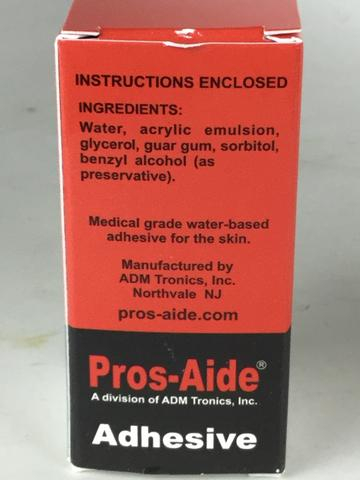

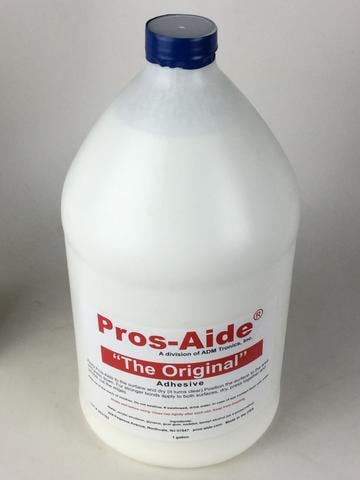



 Tom Luca
Tom Luca
1



